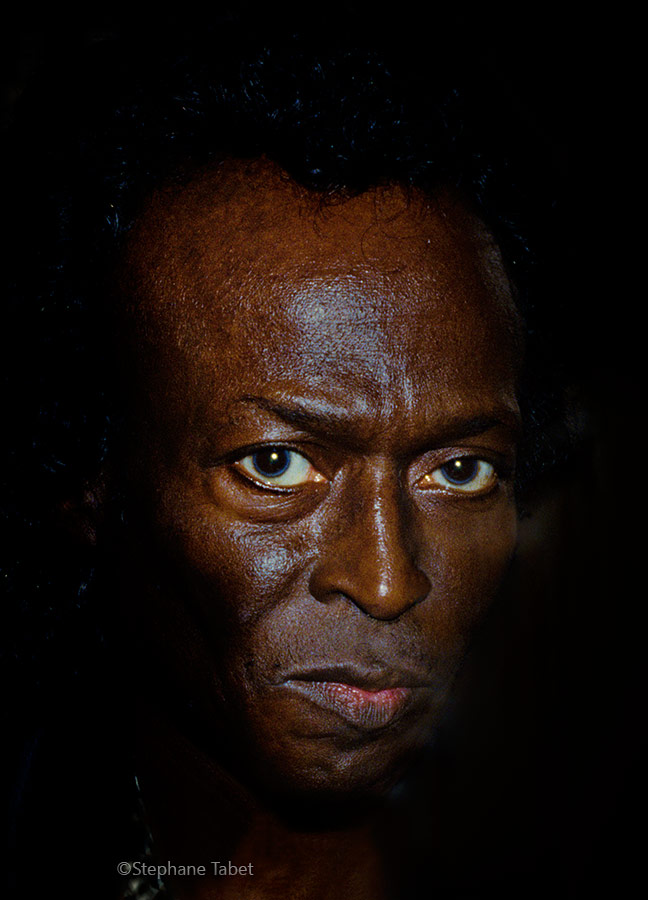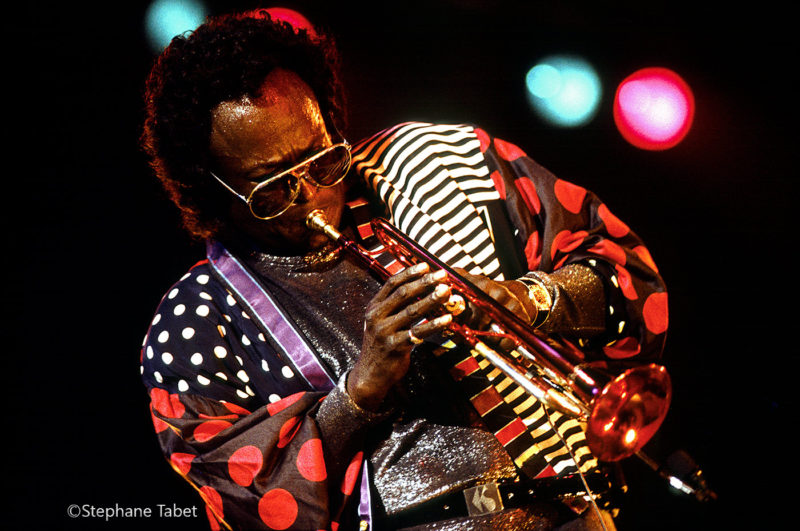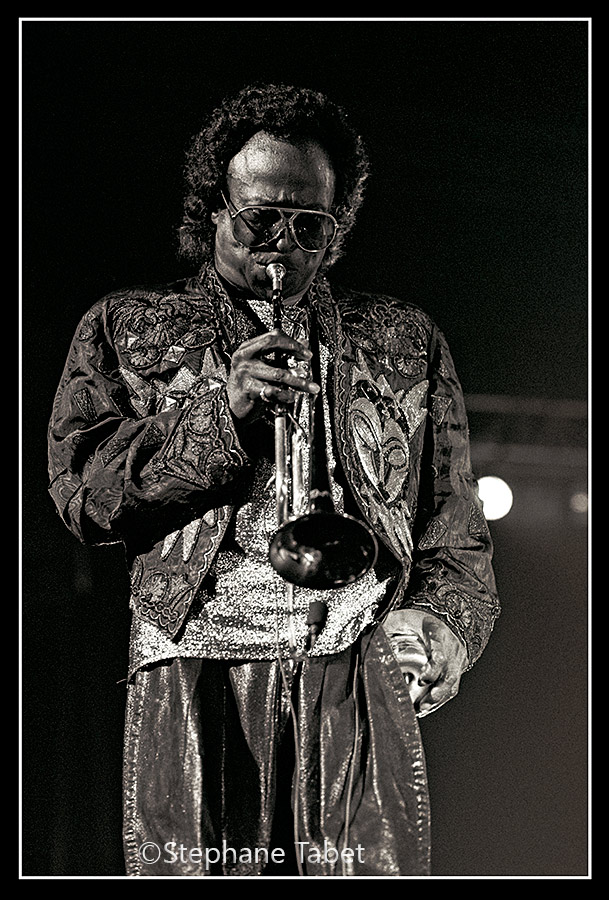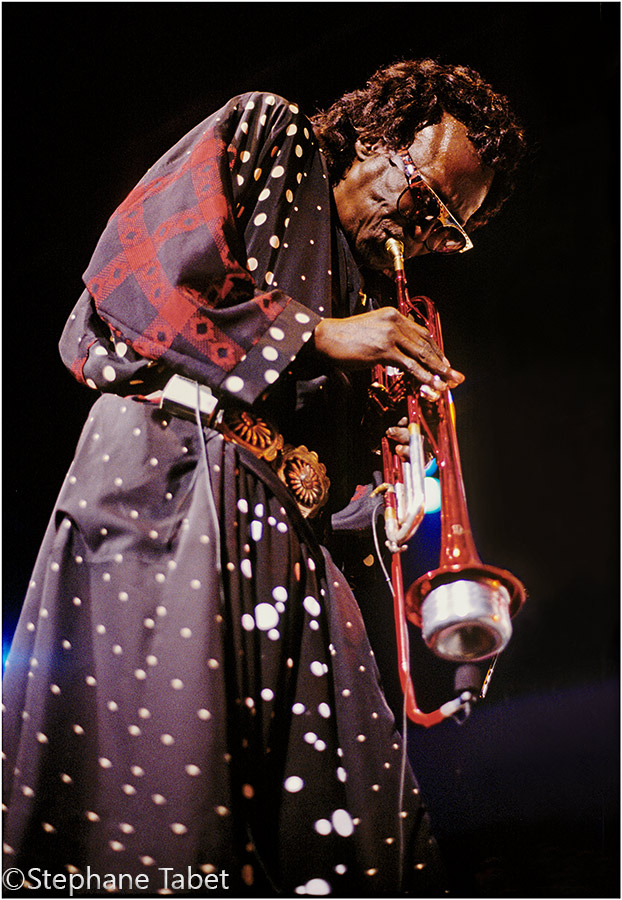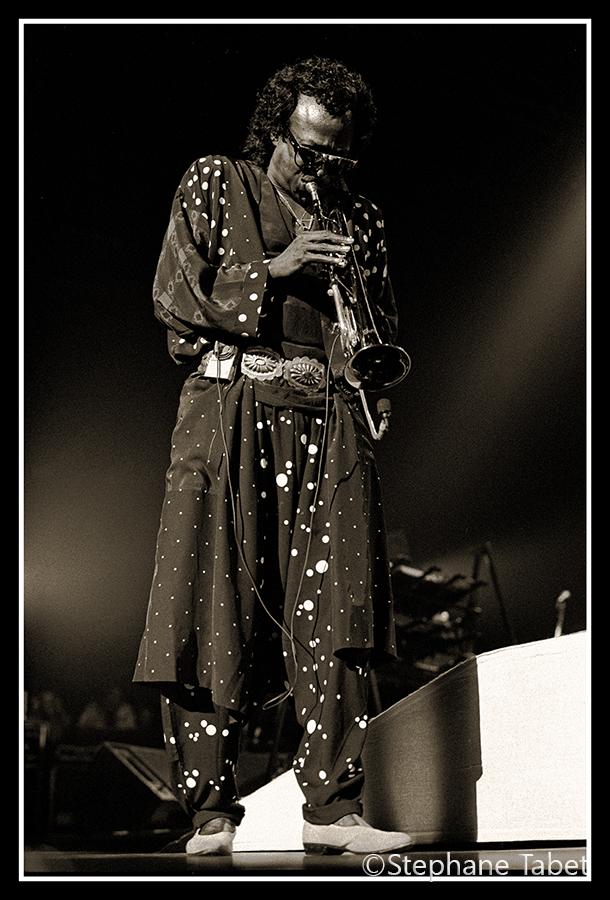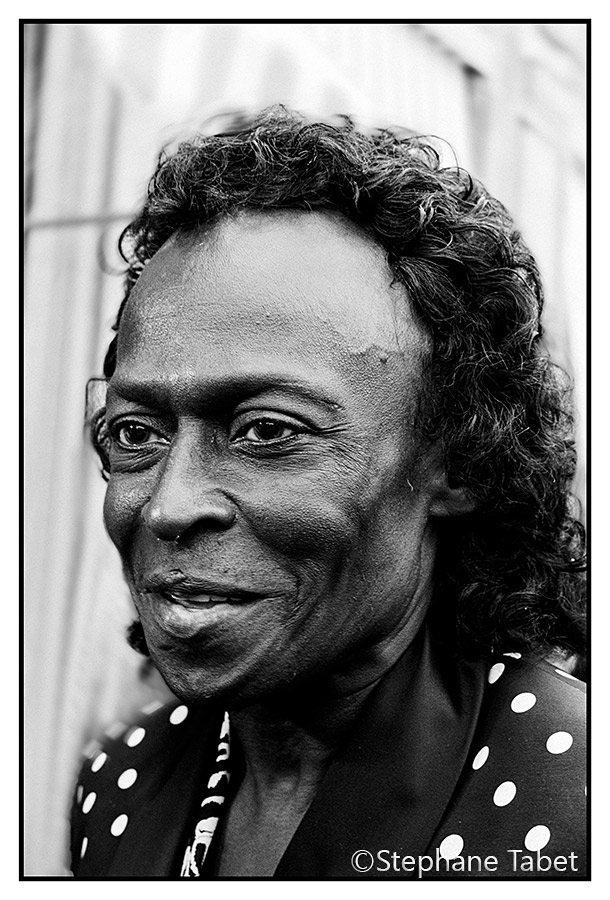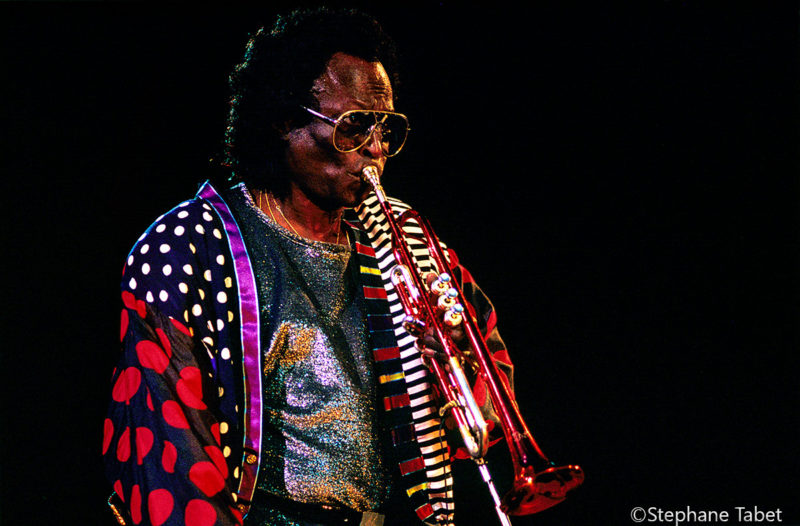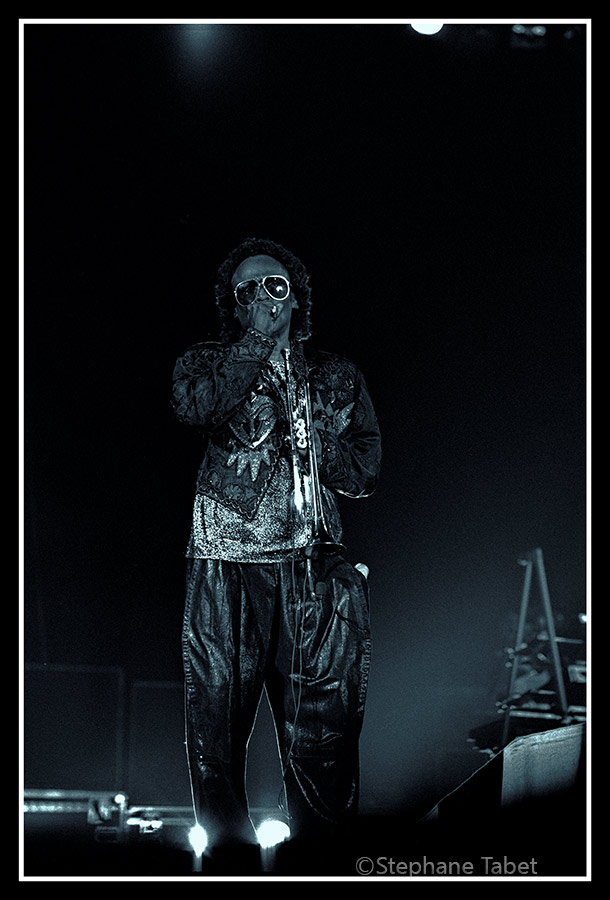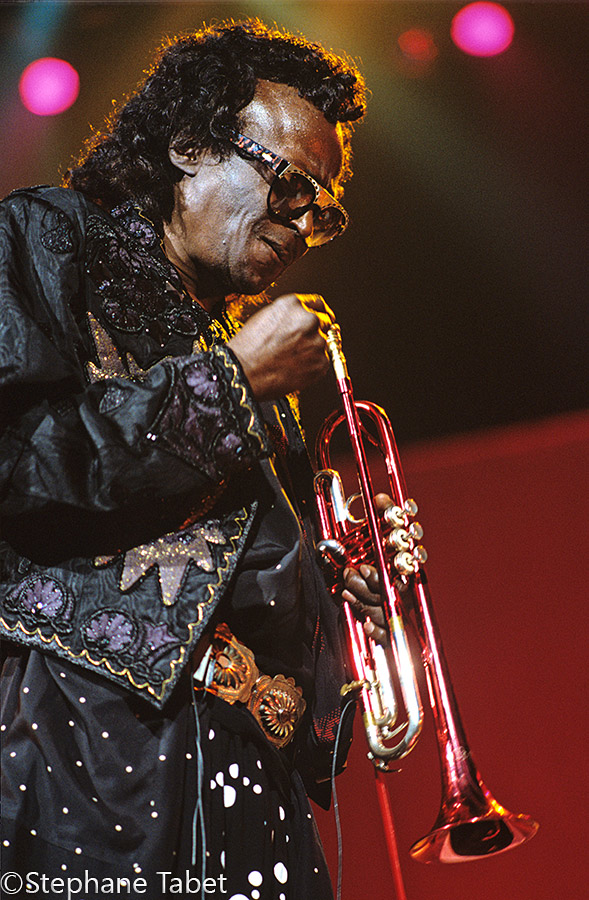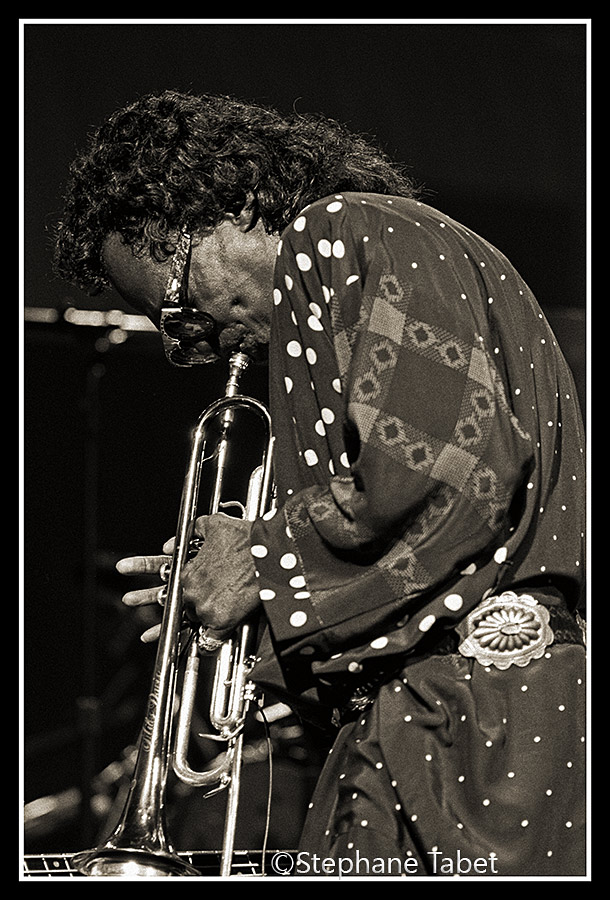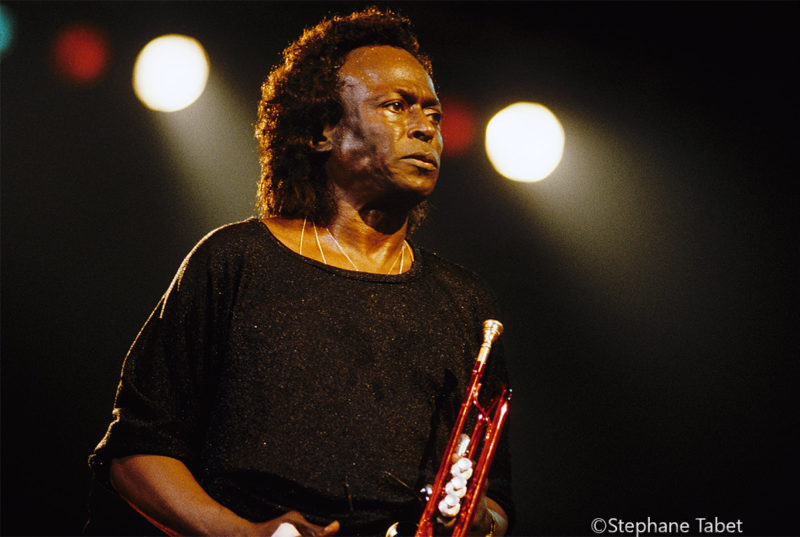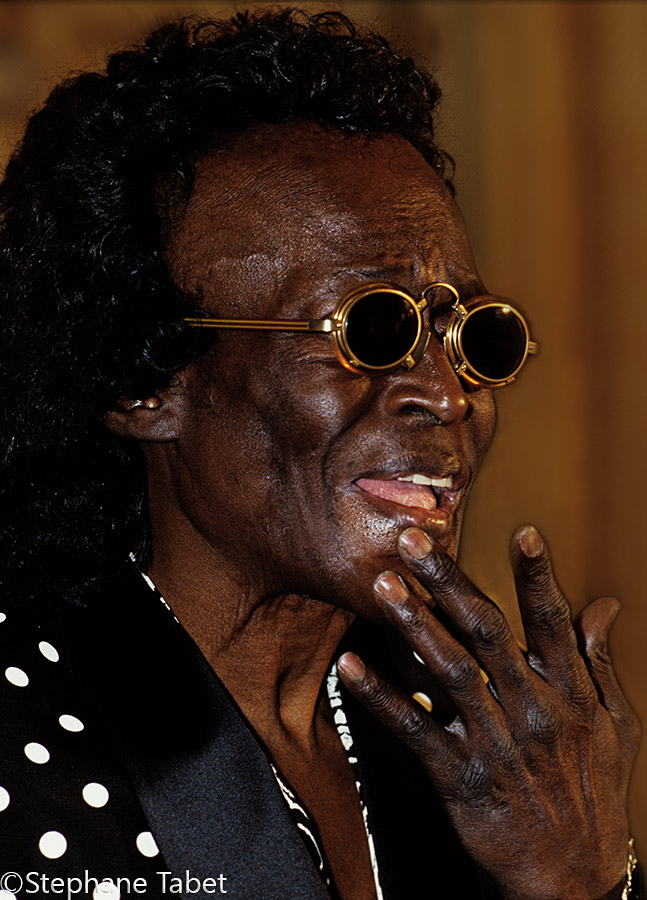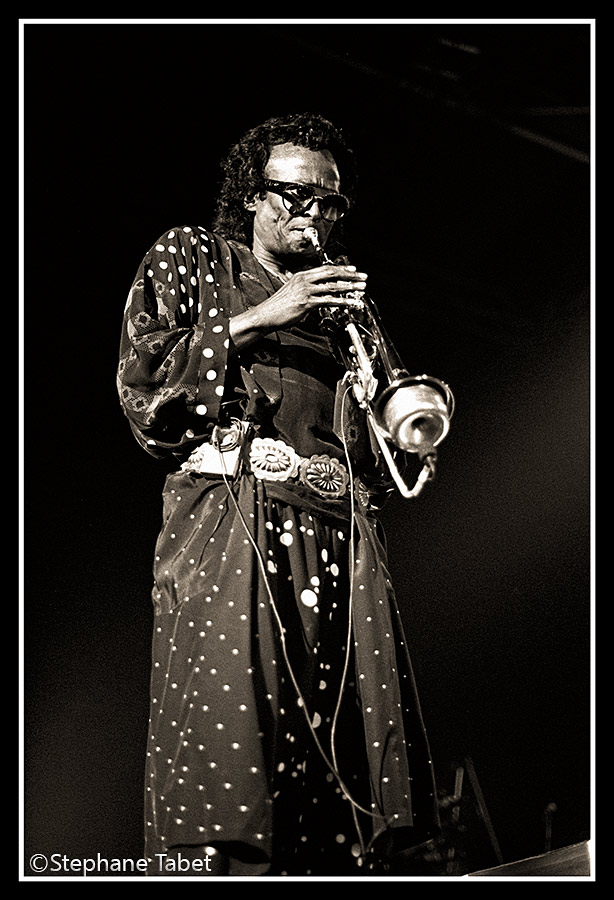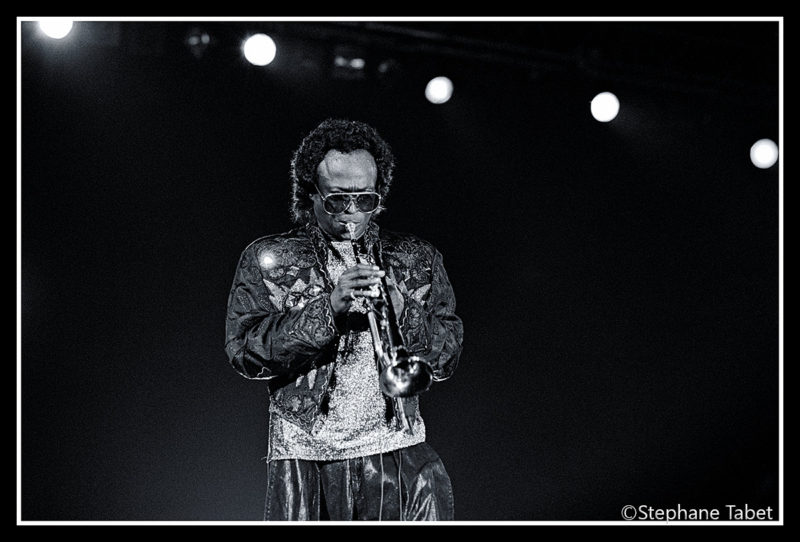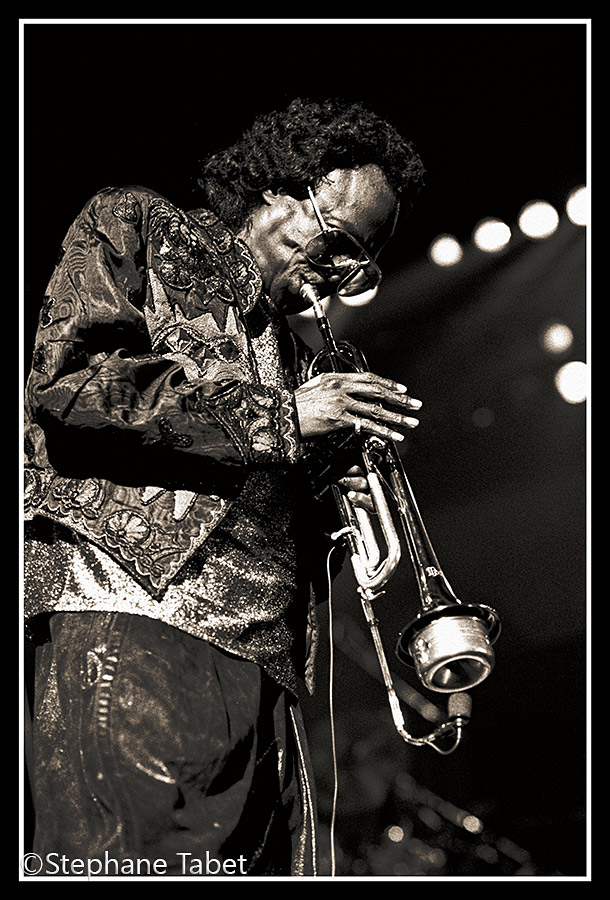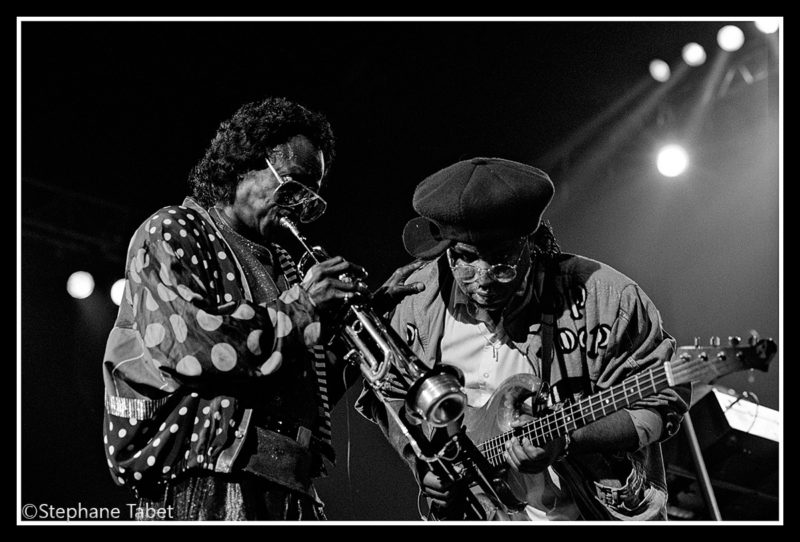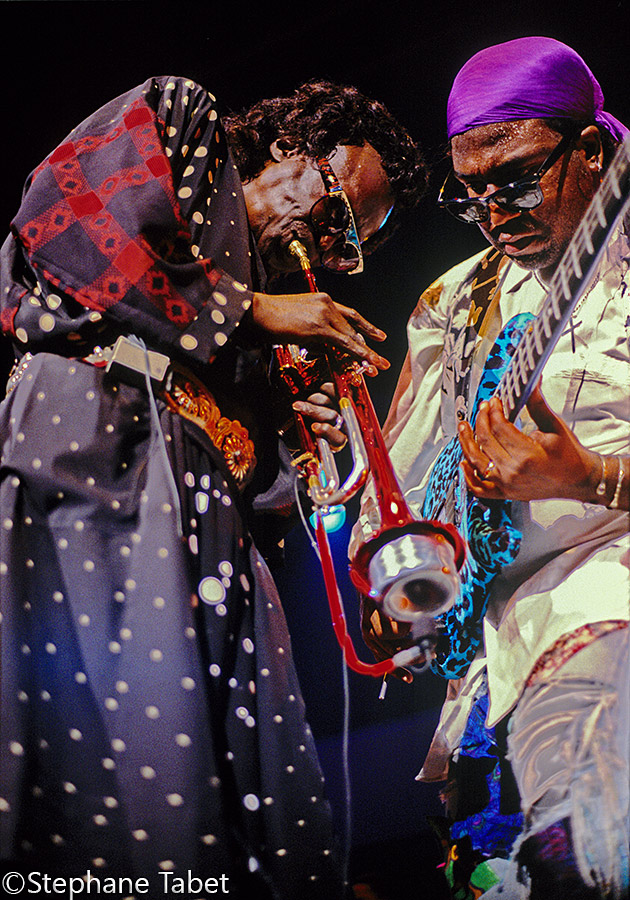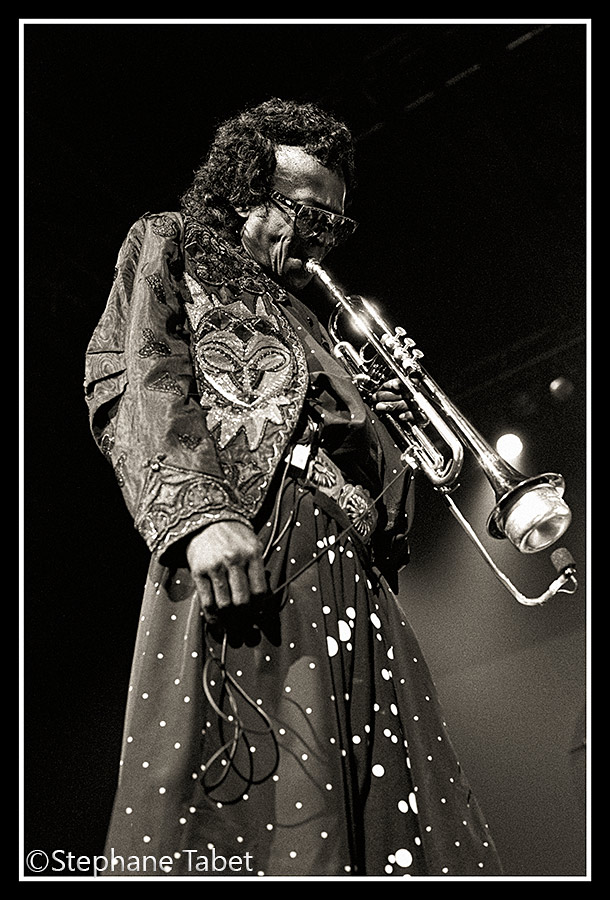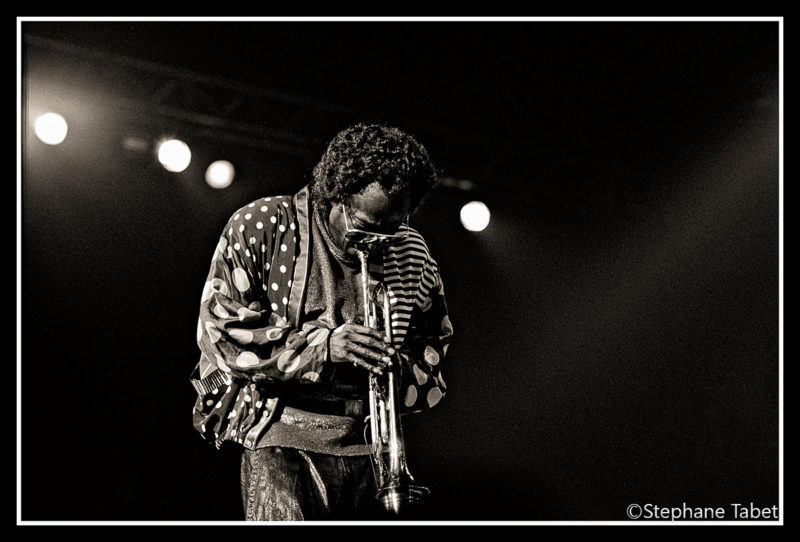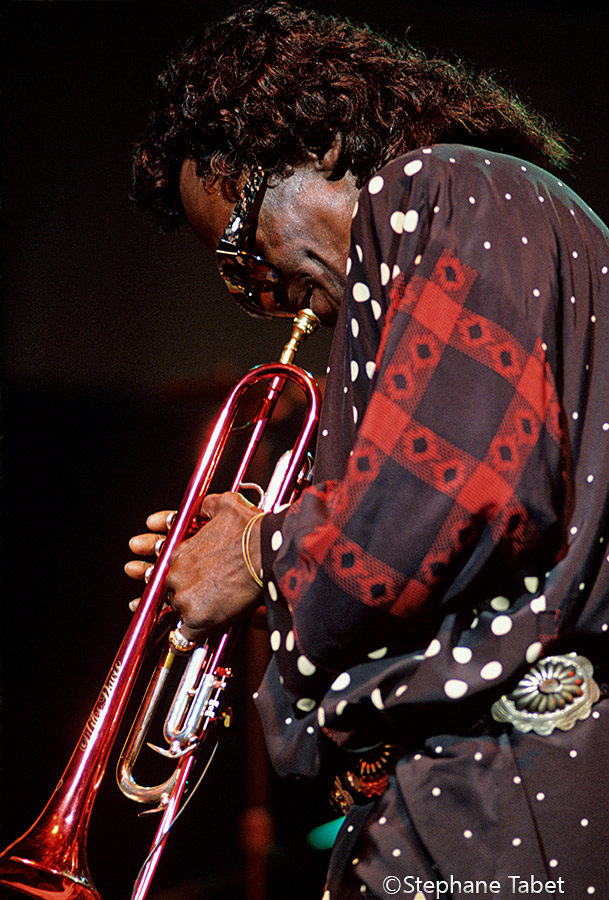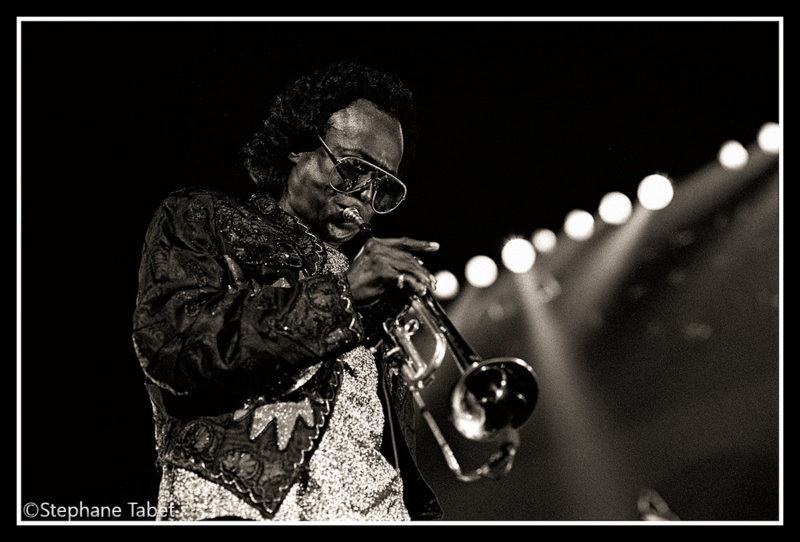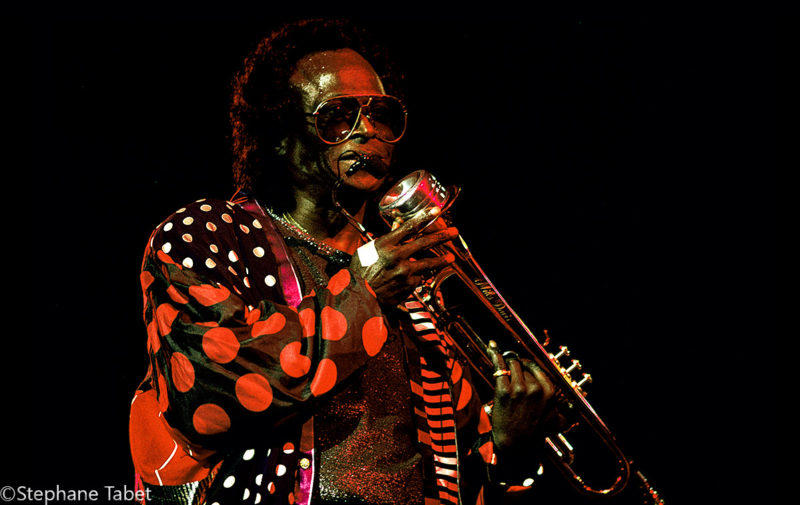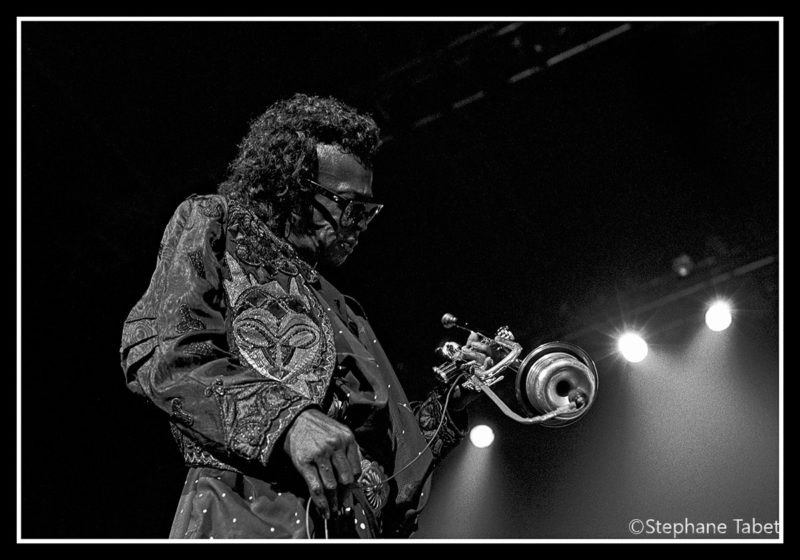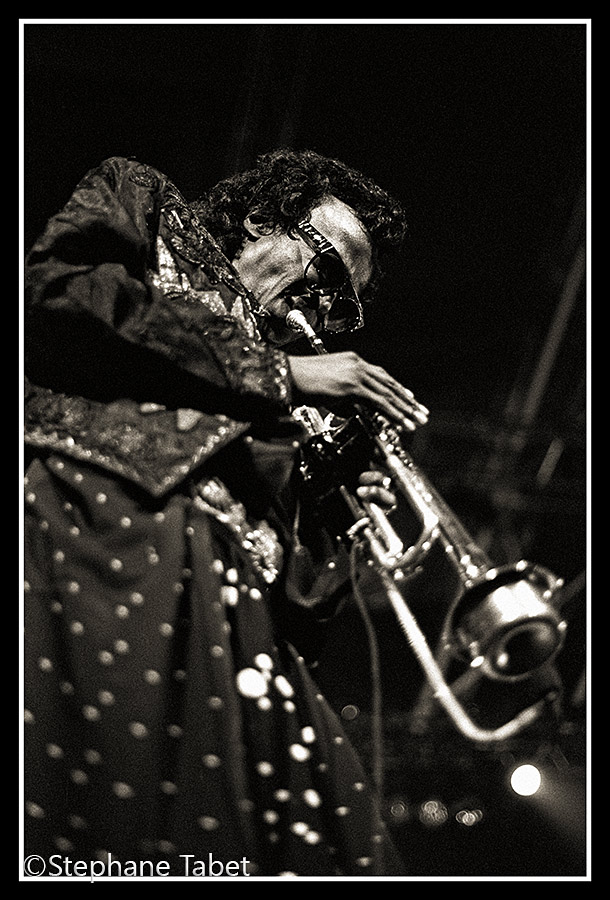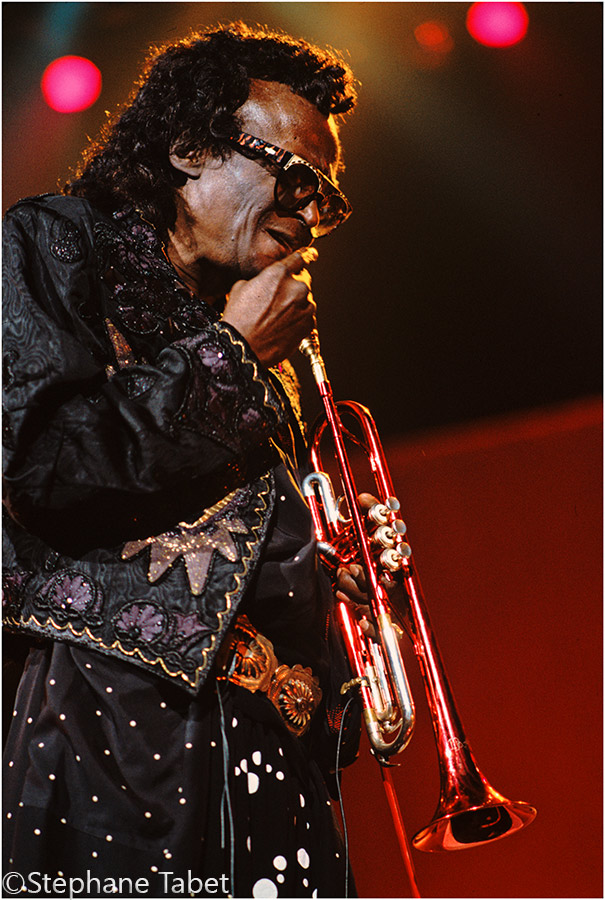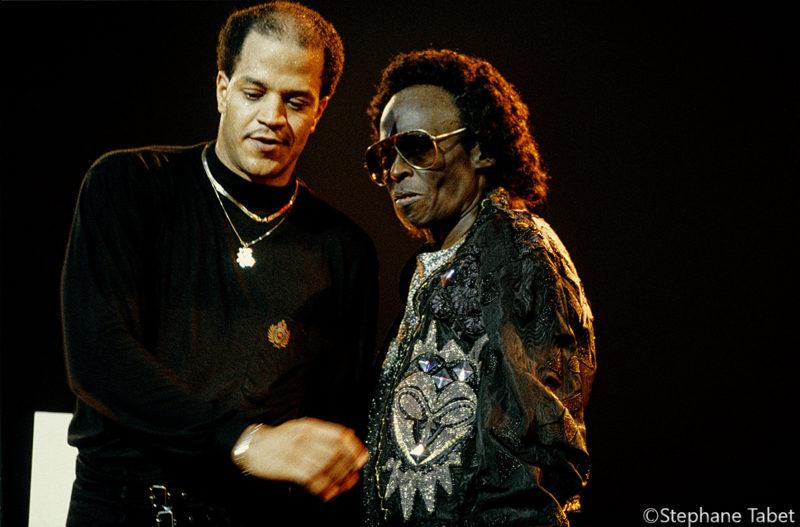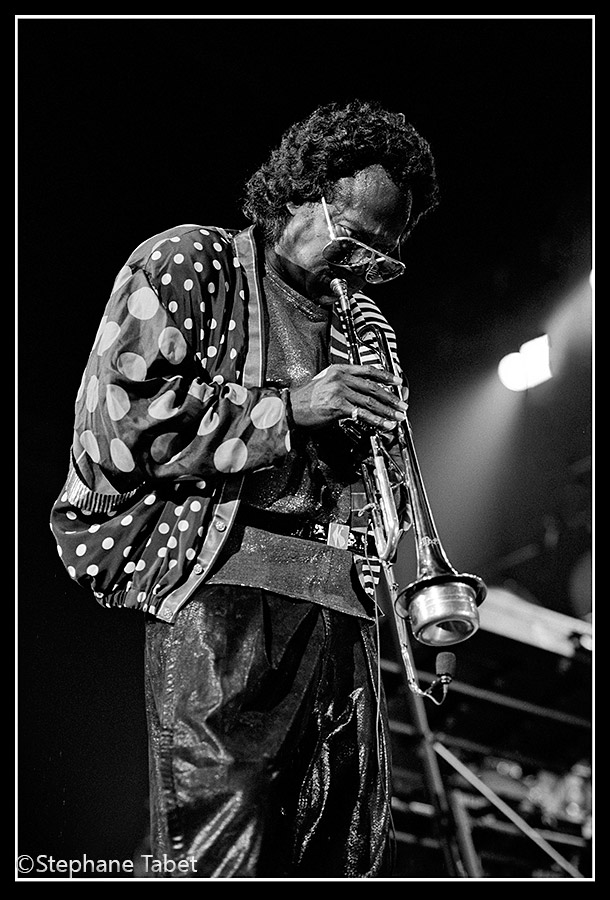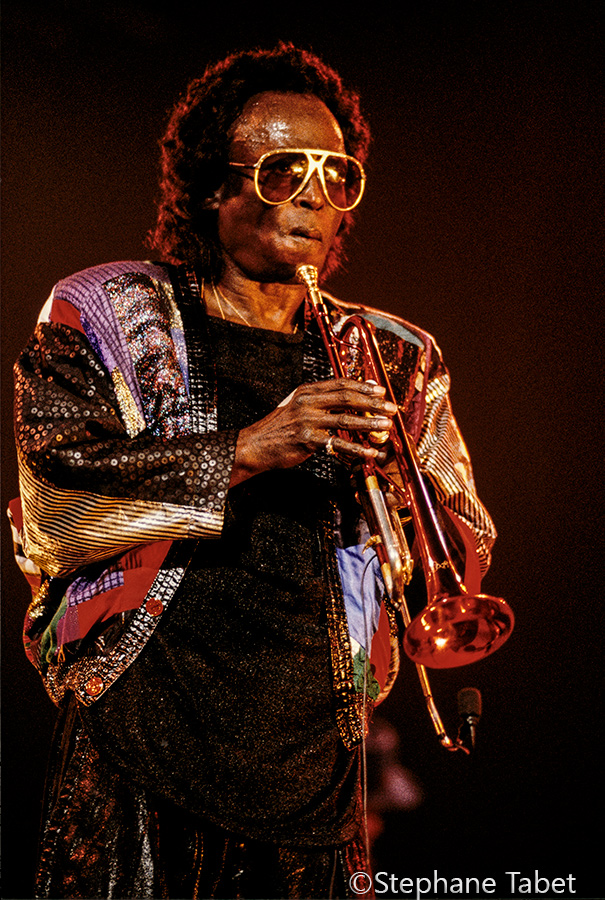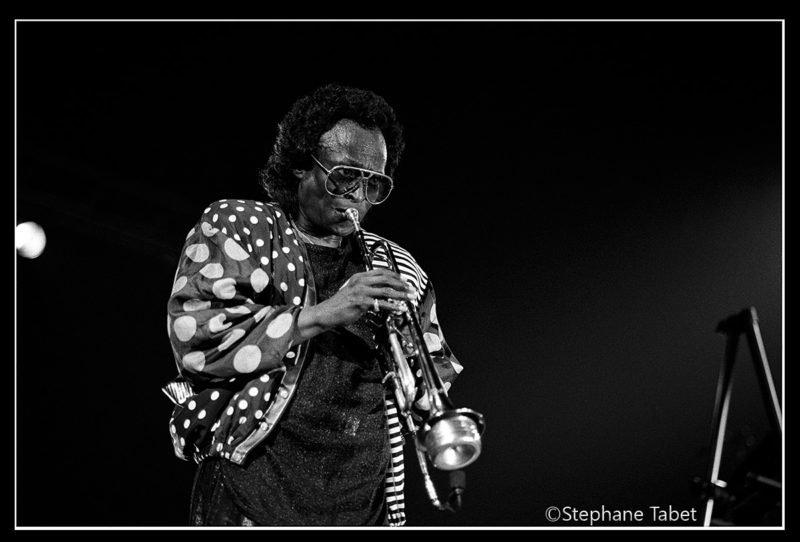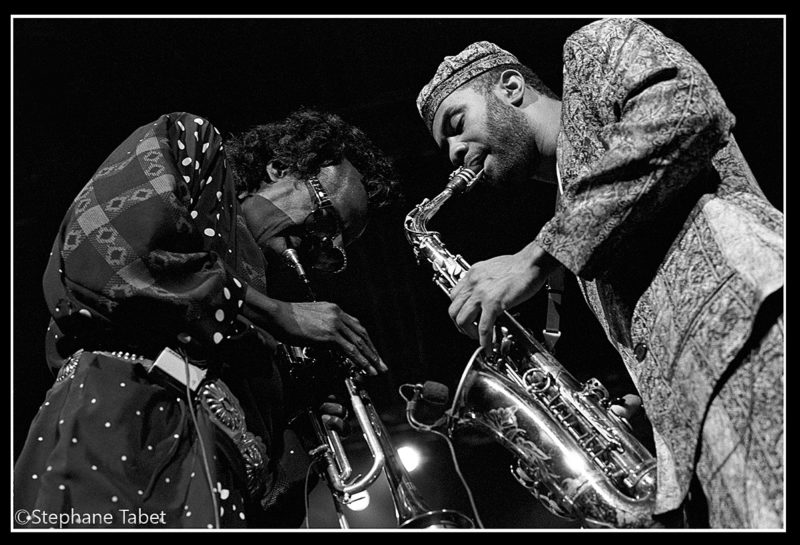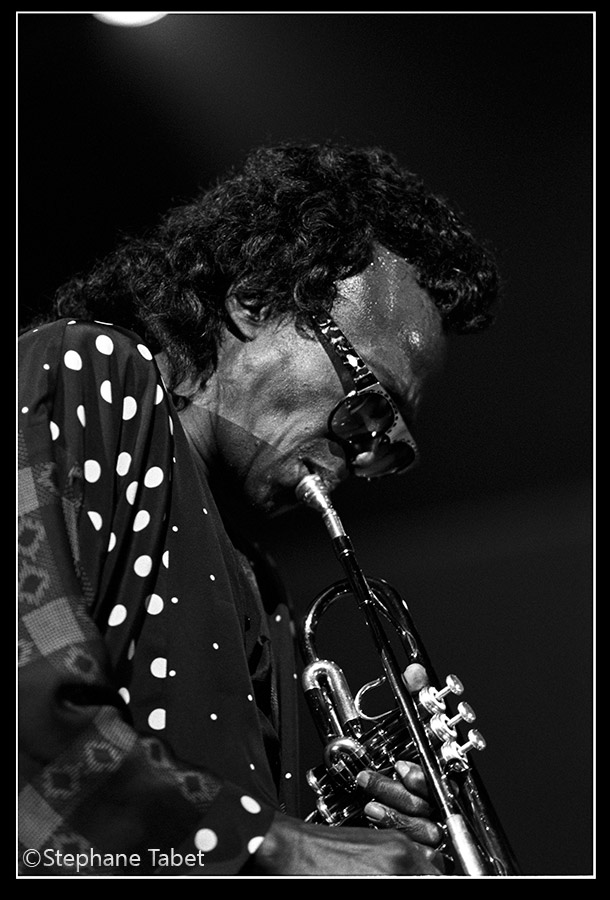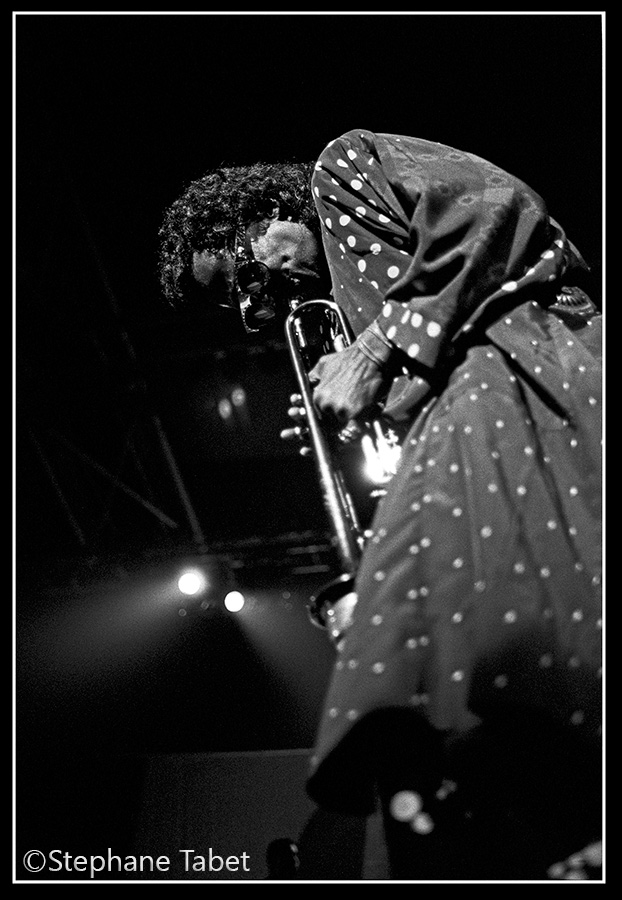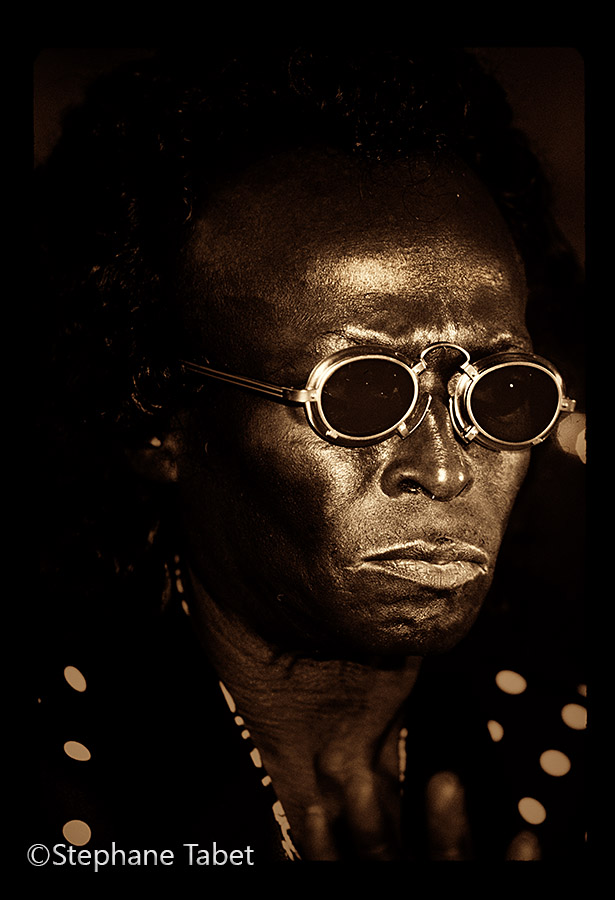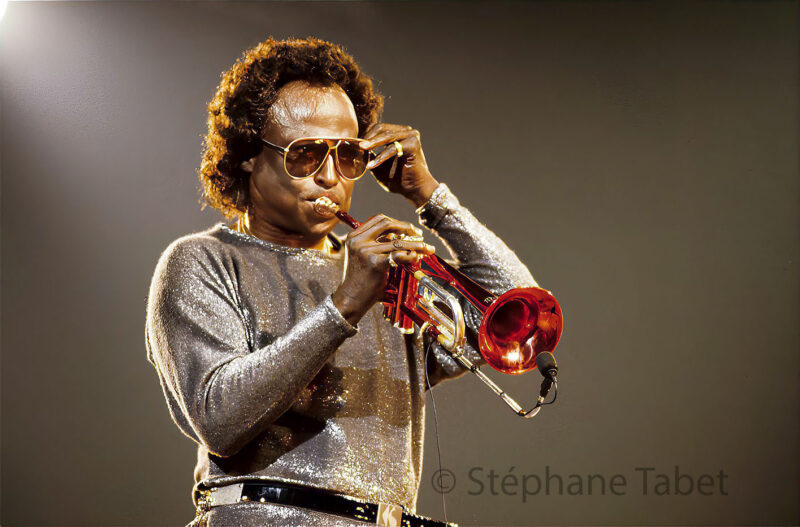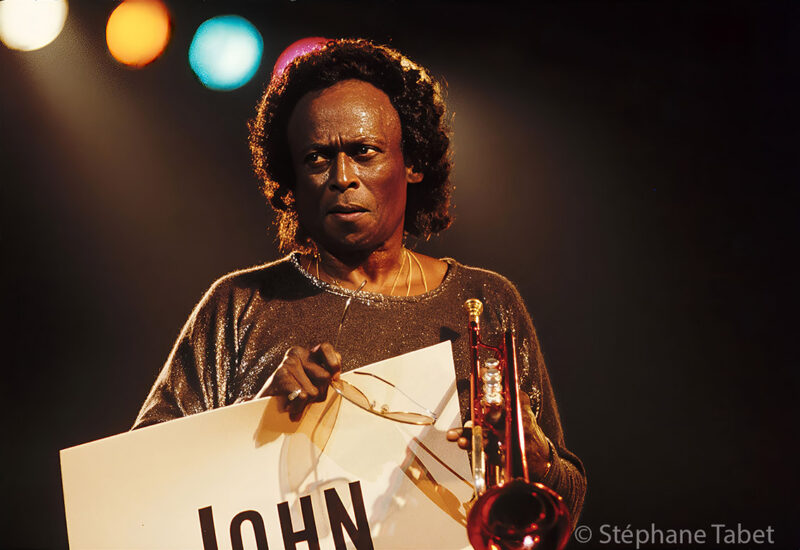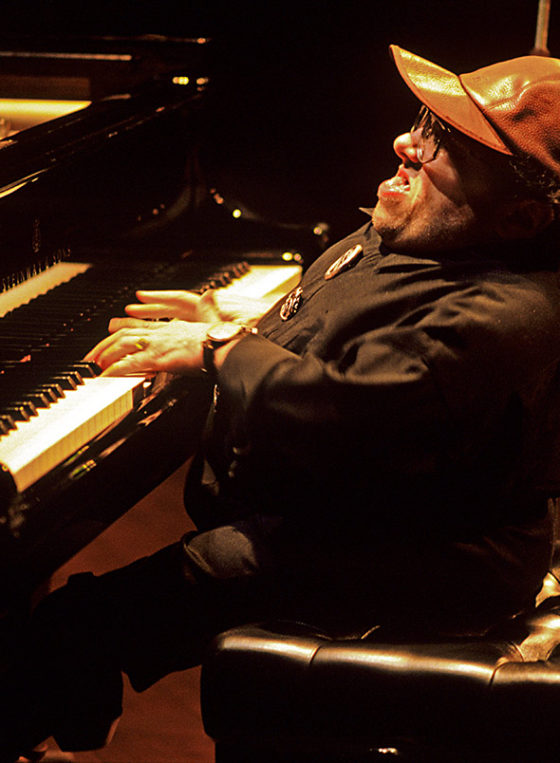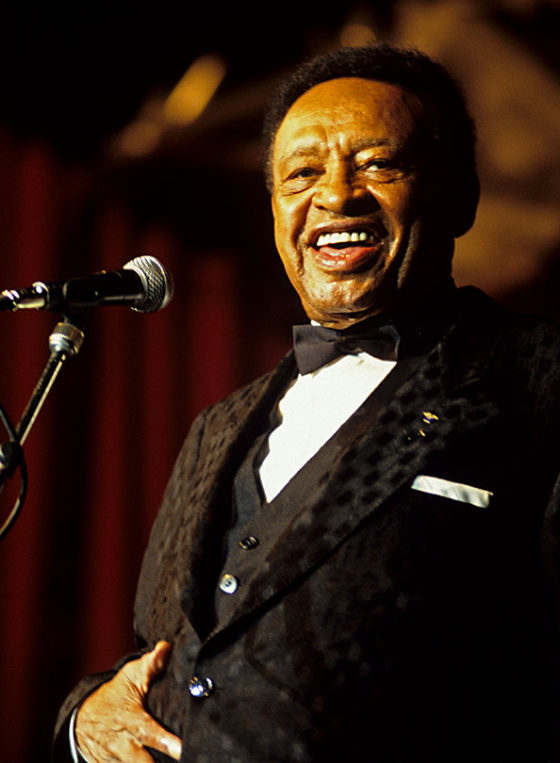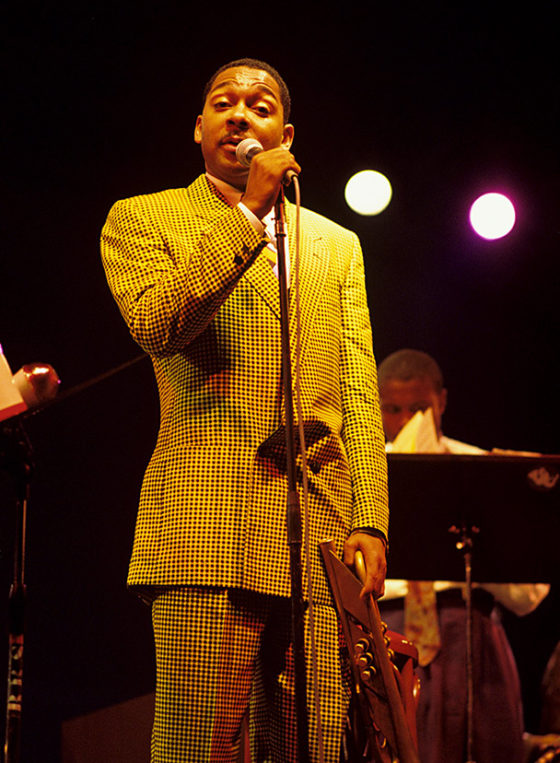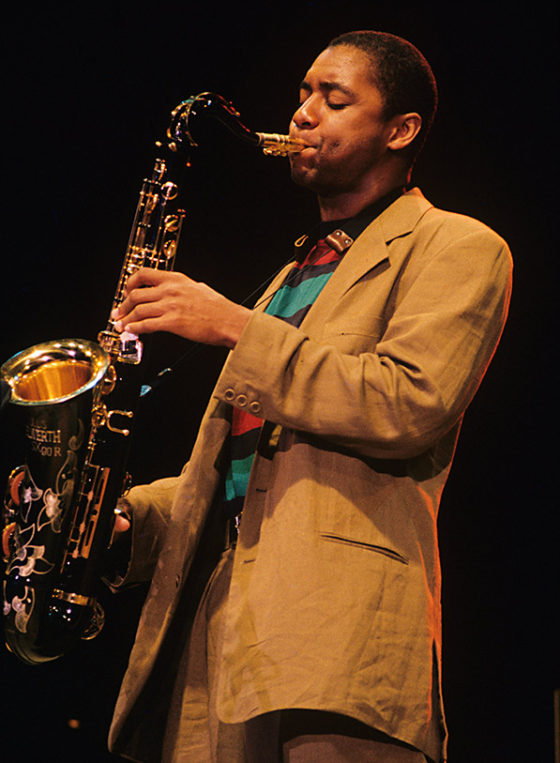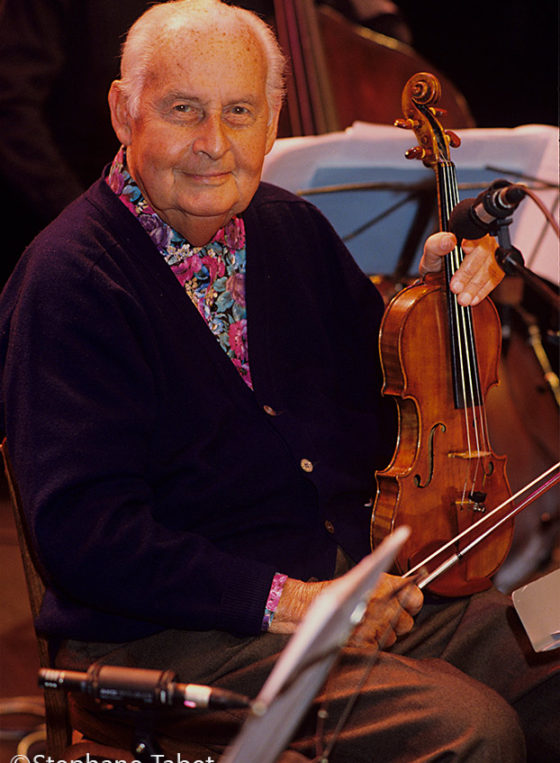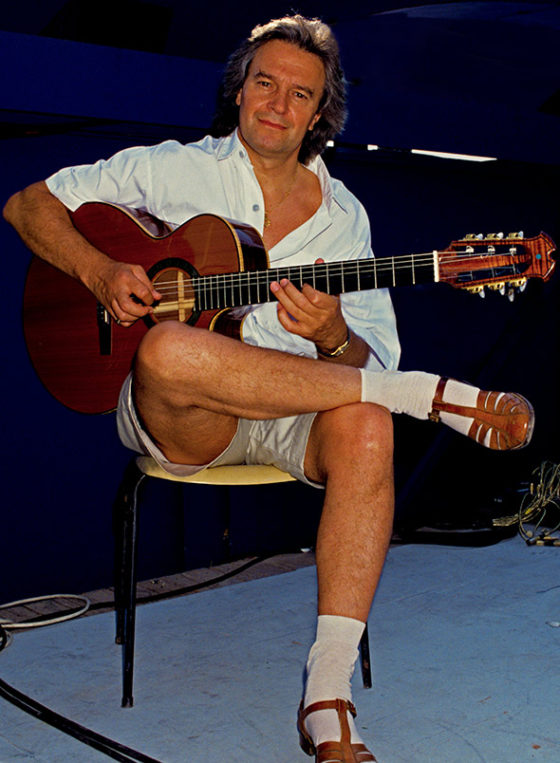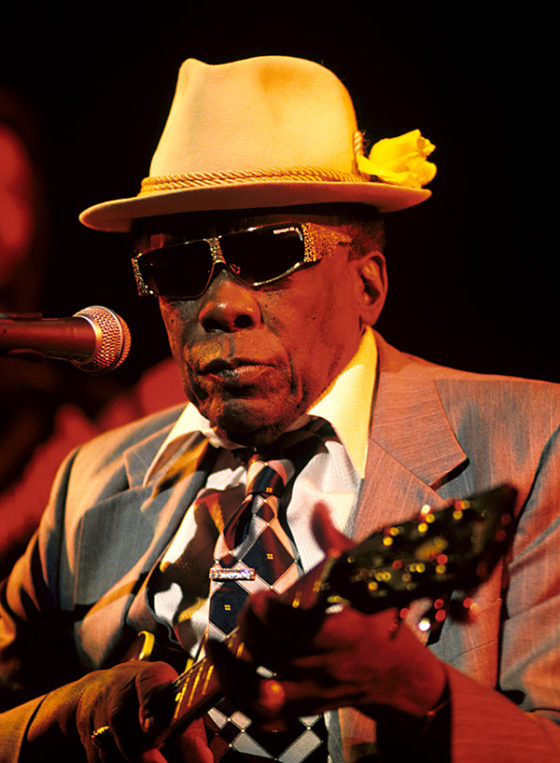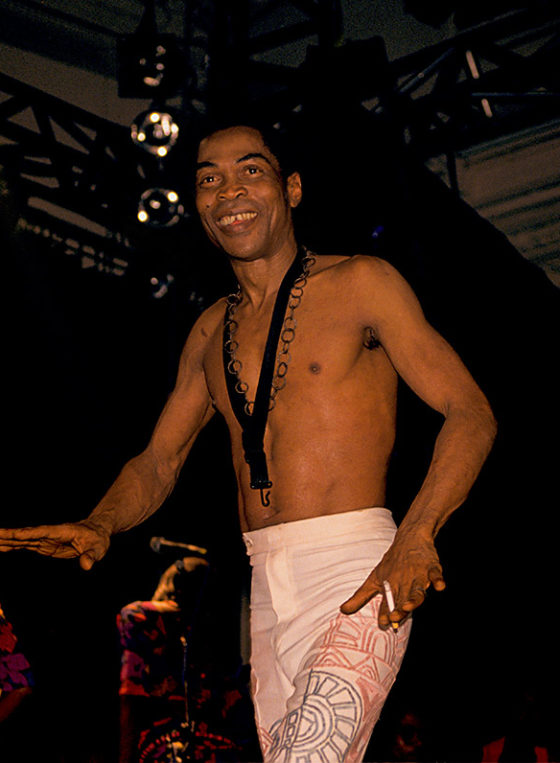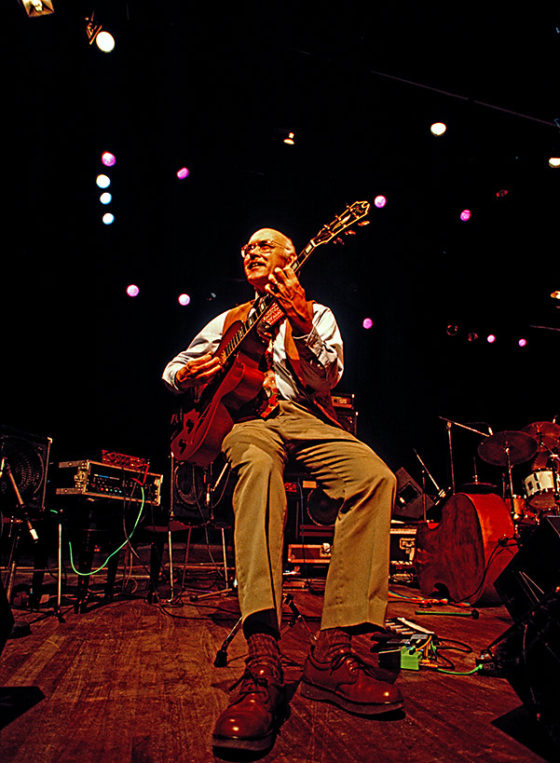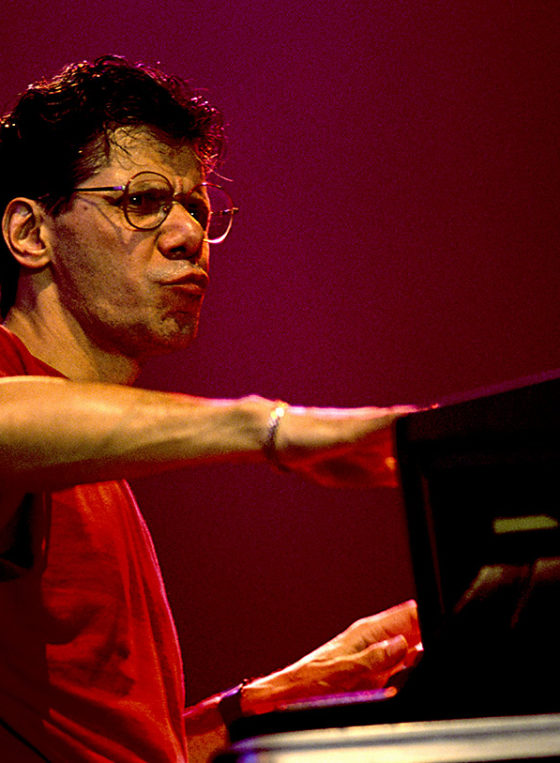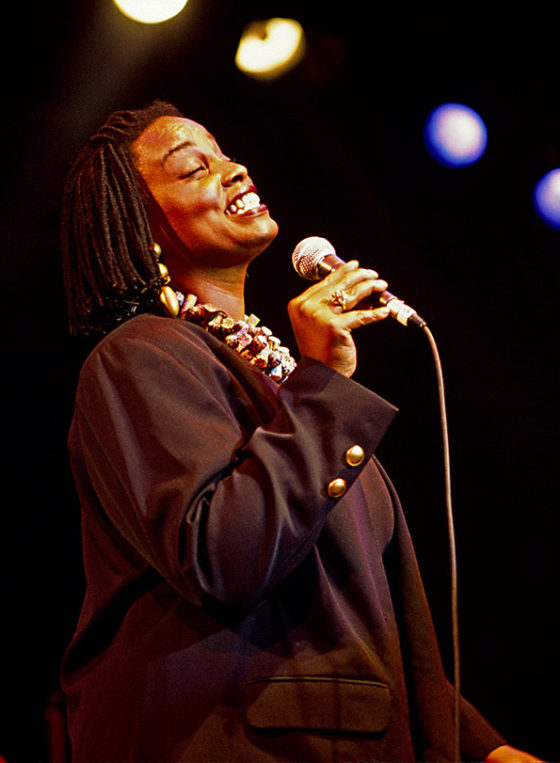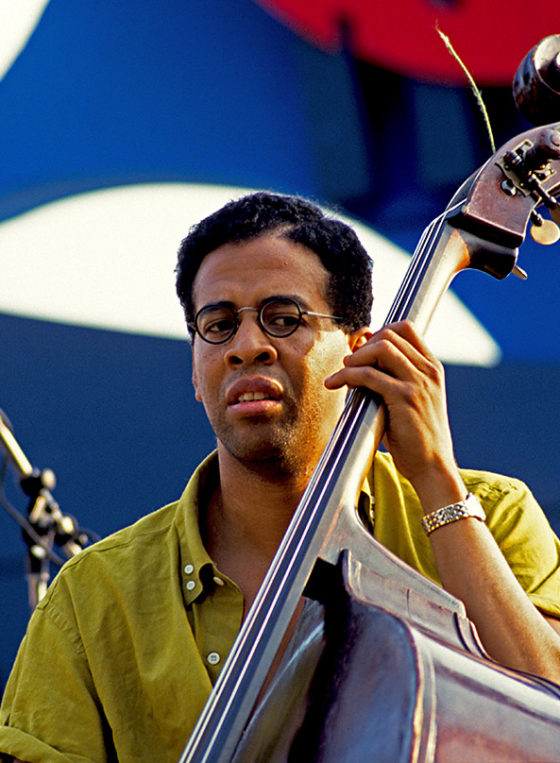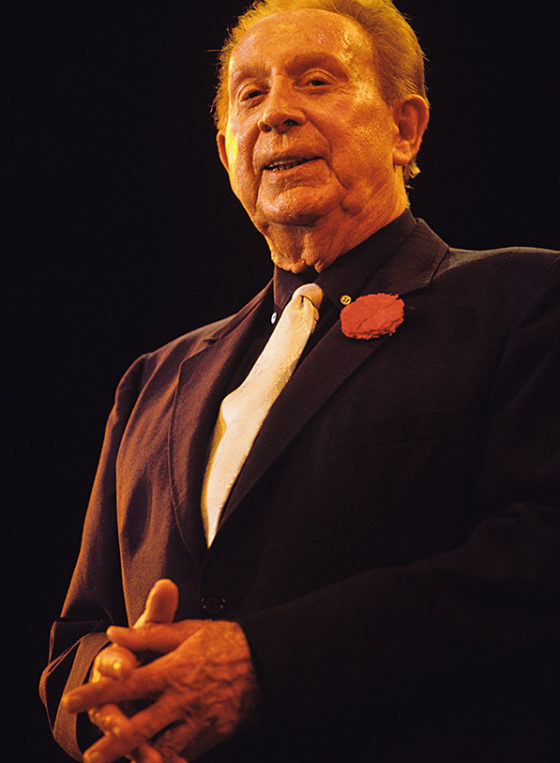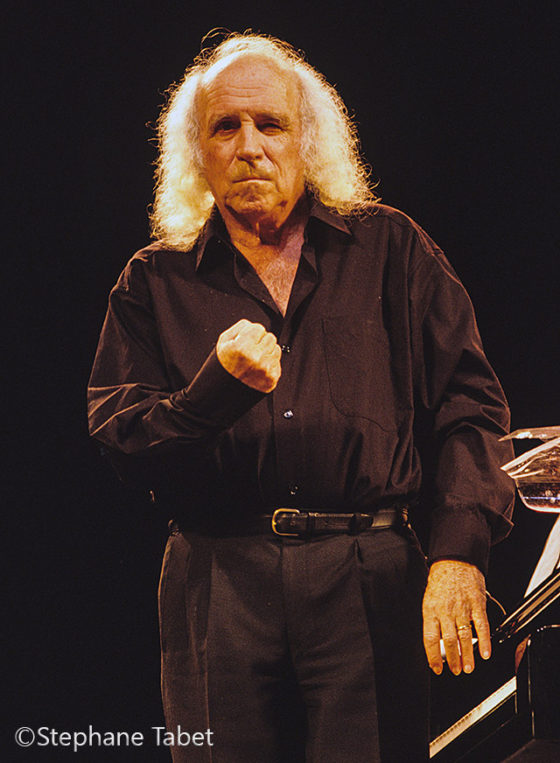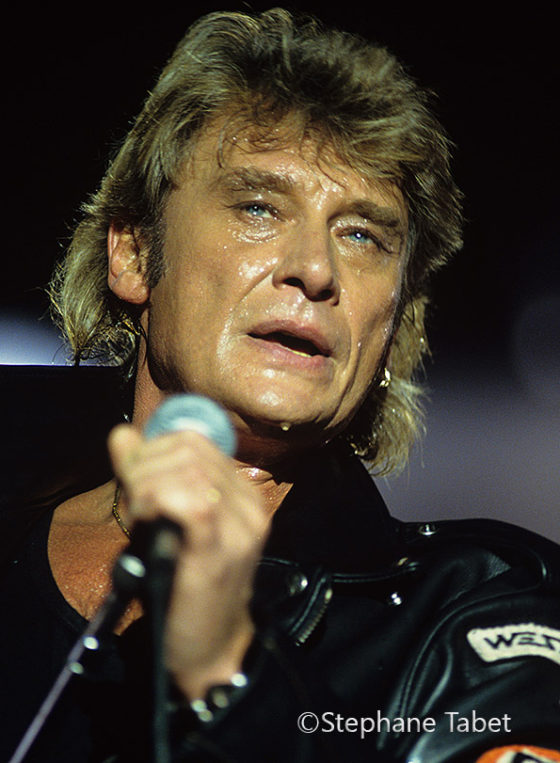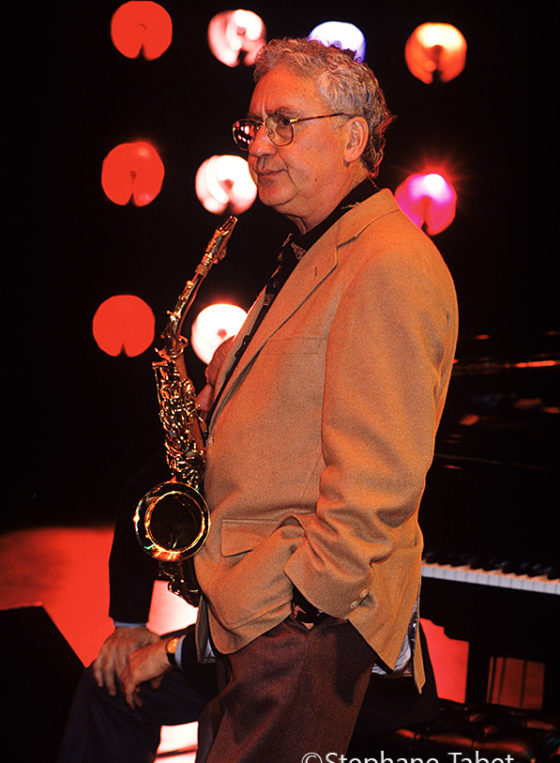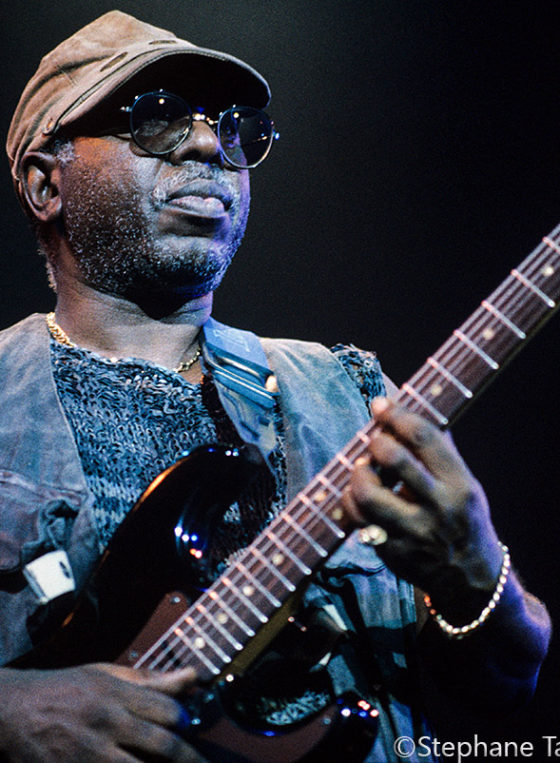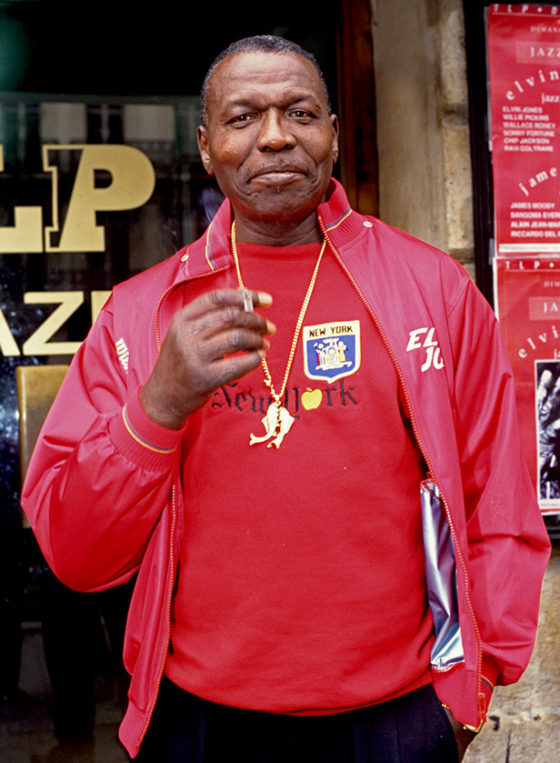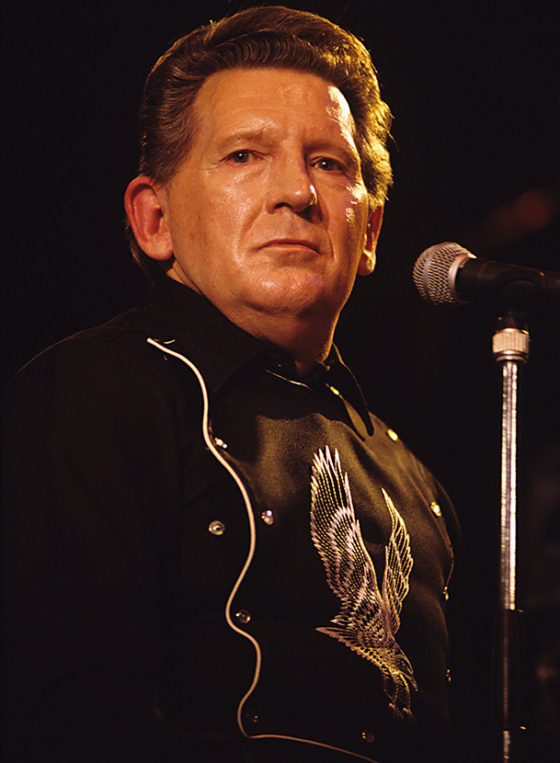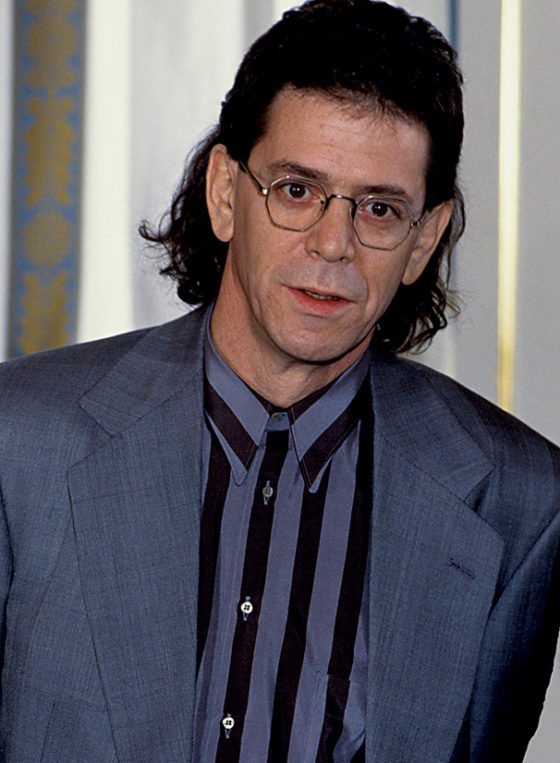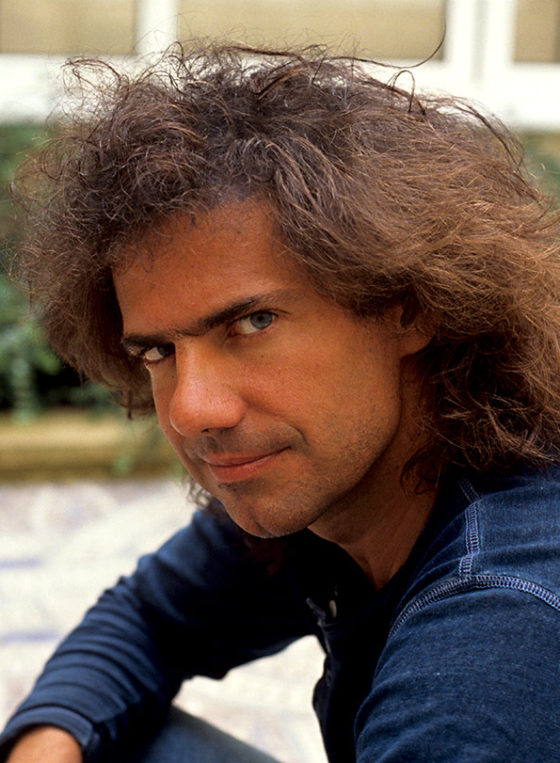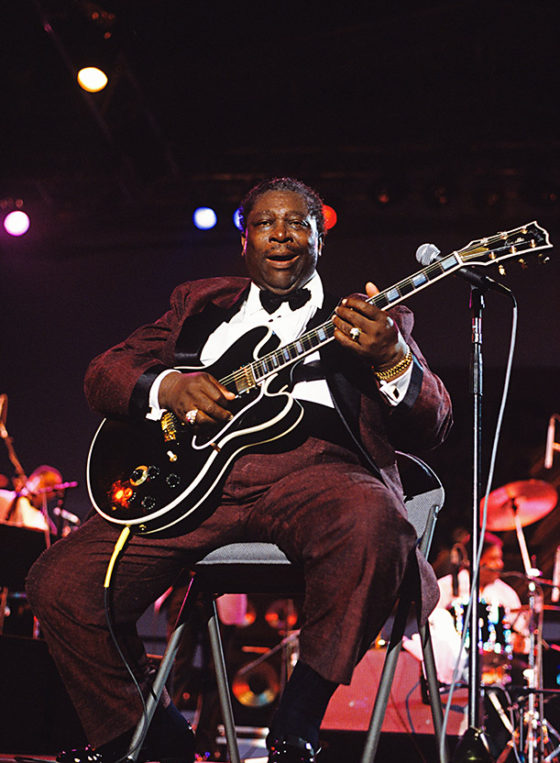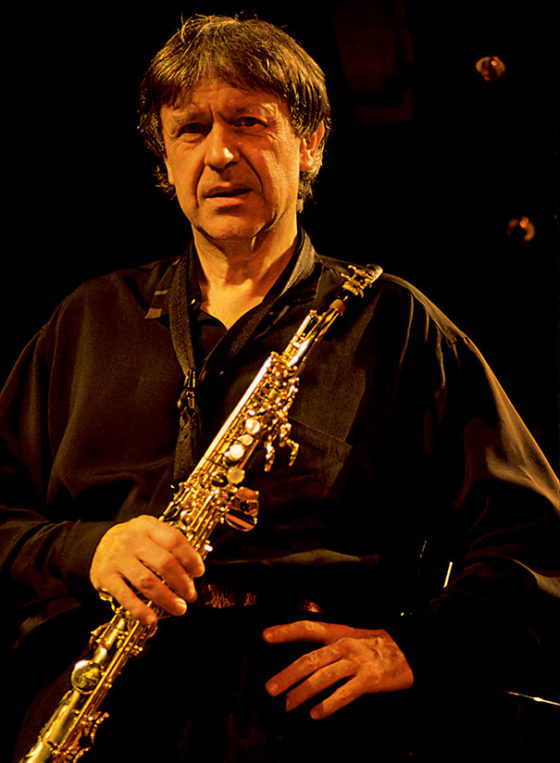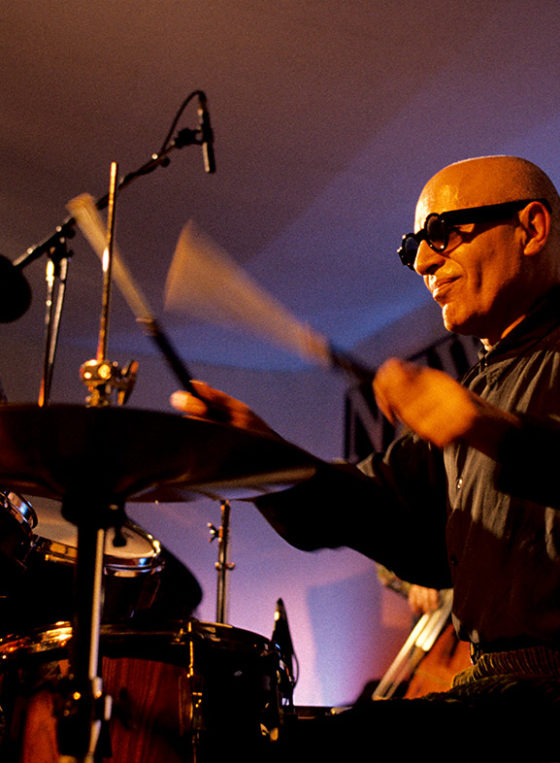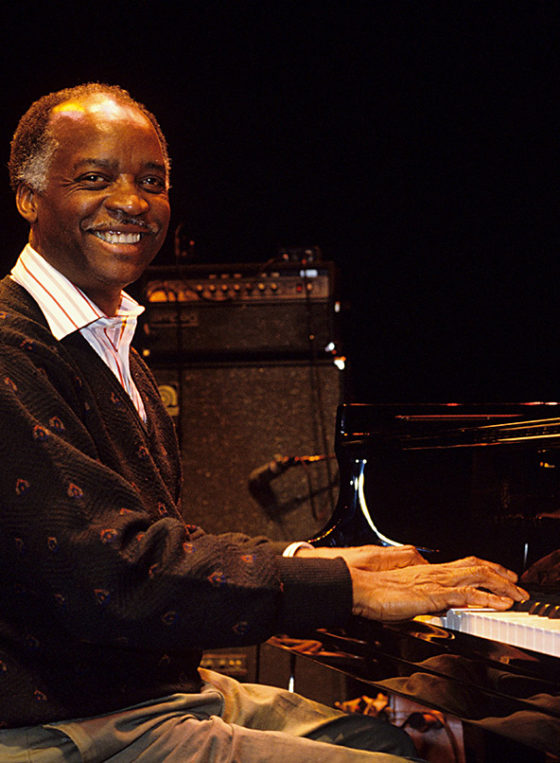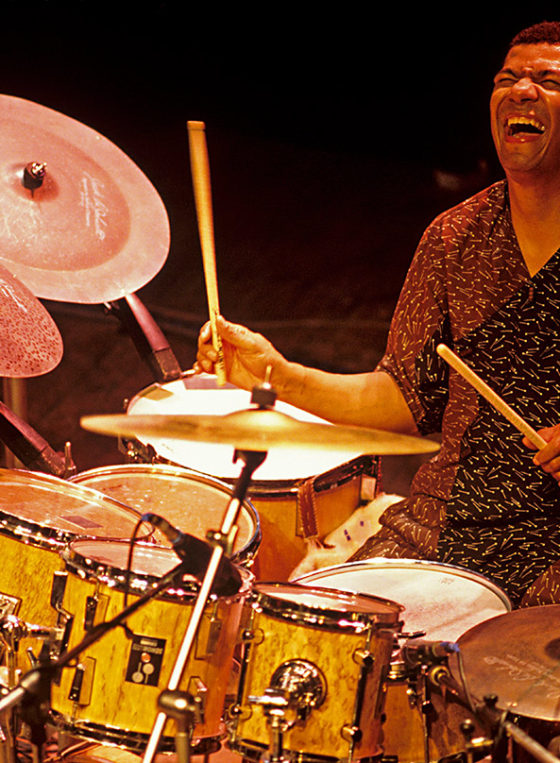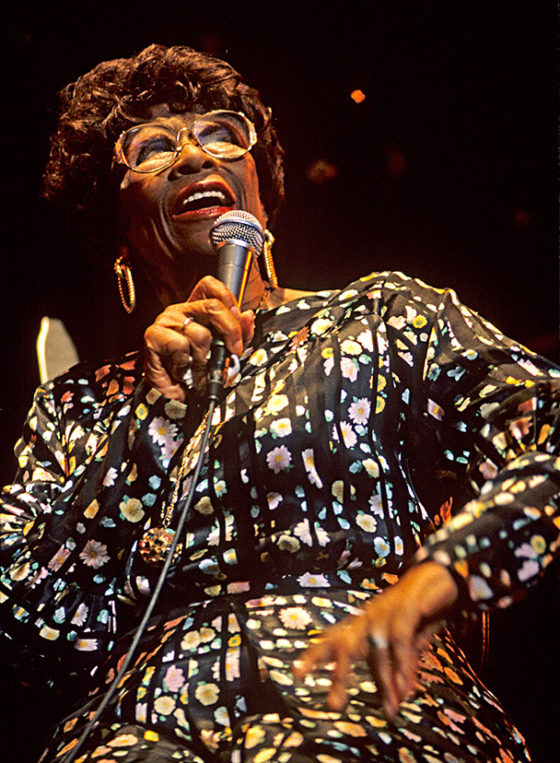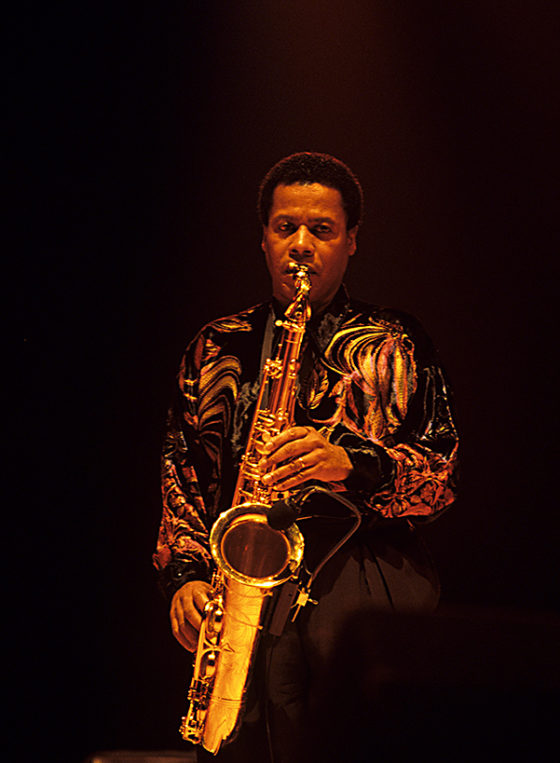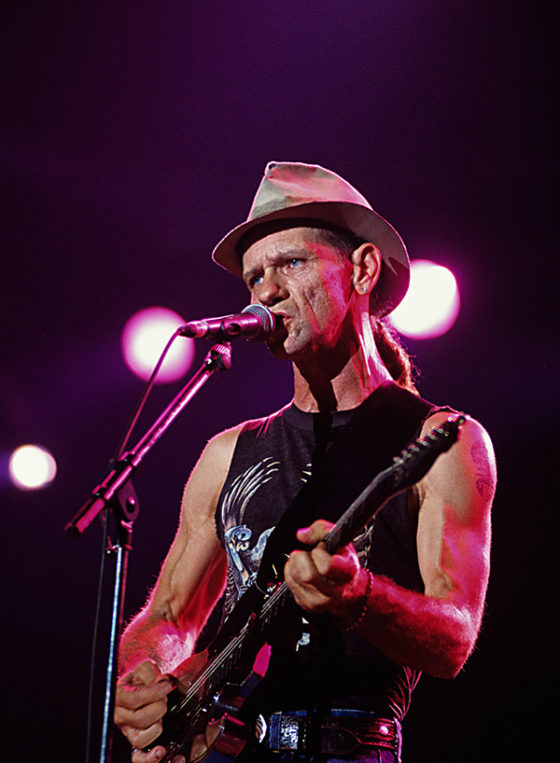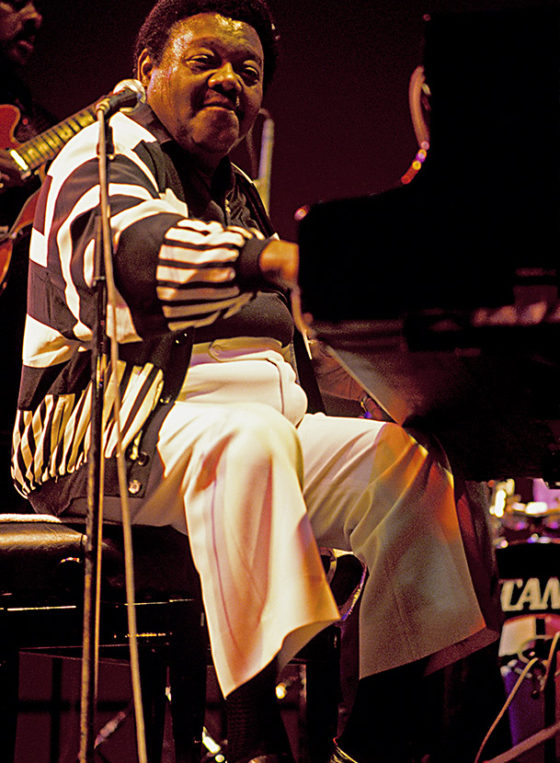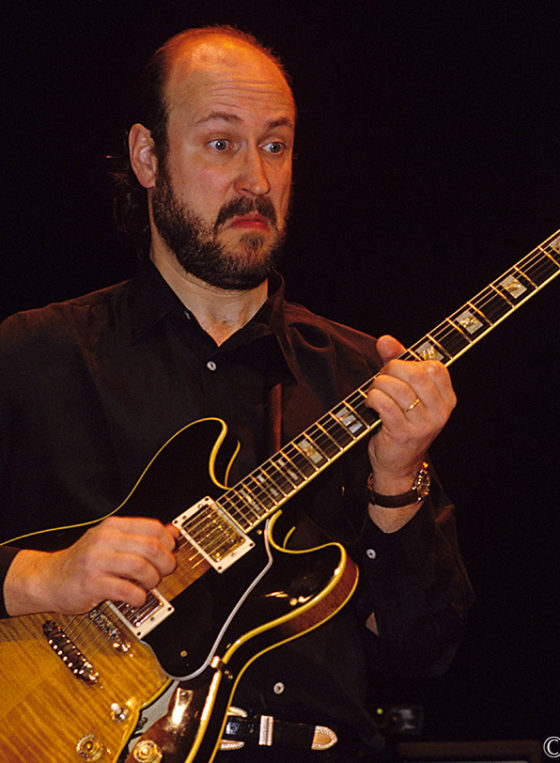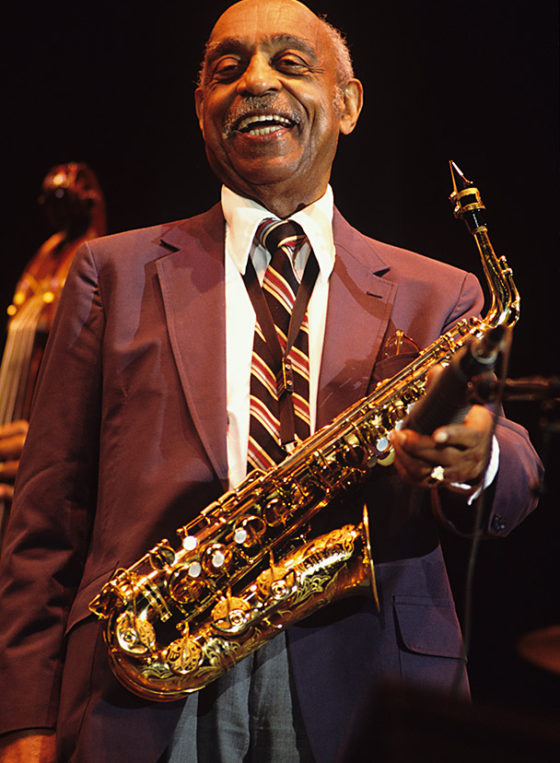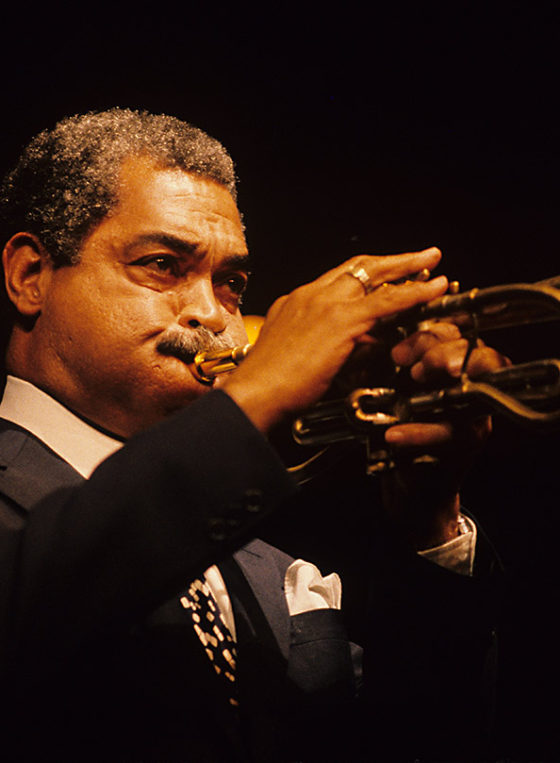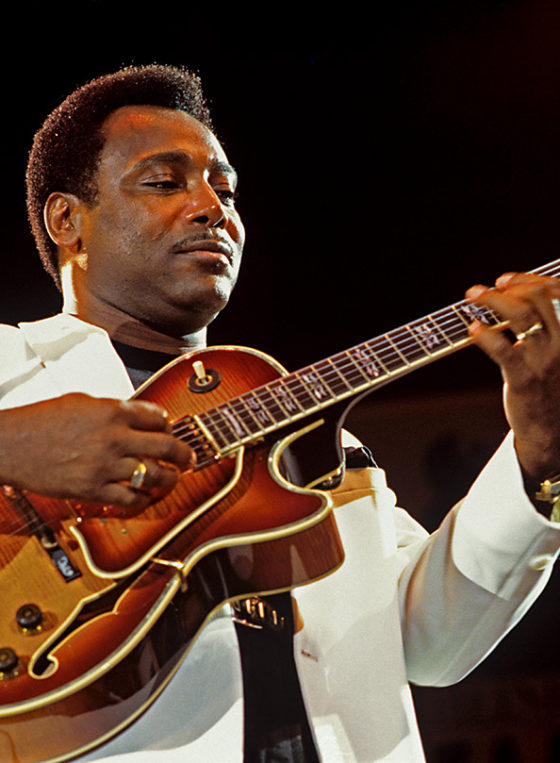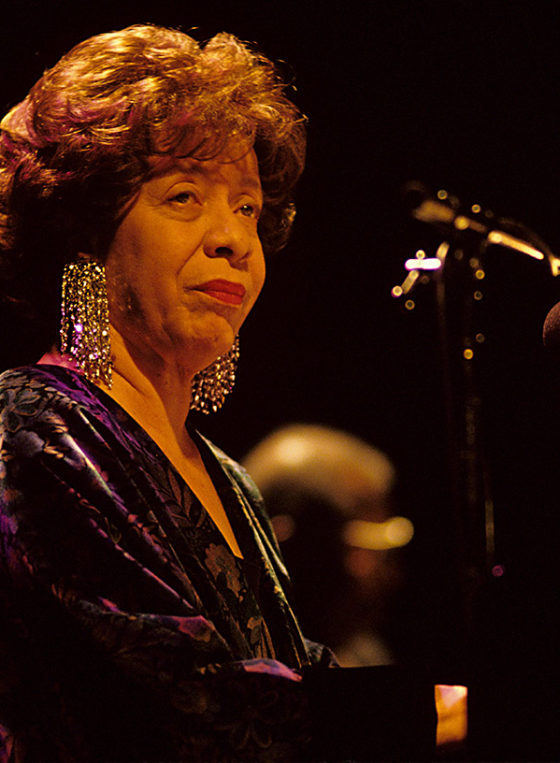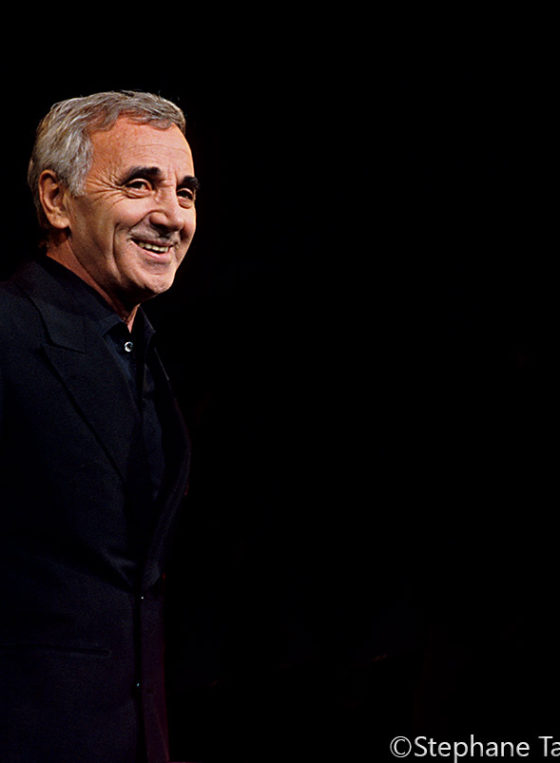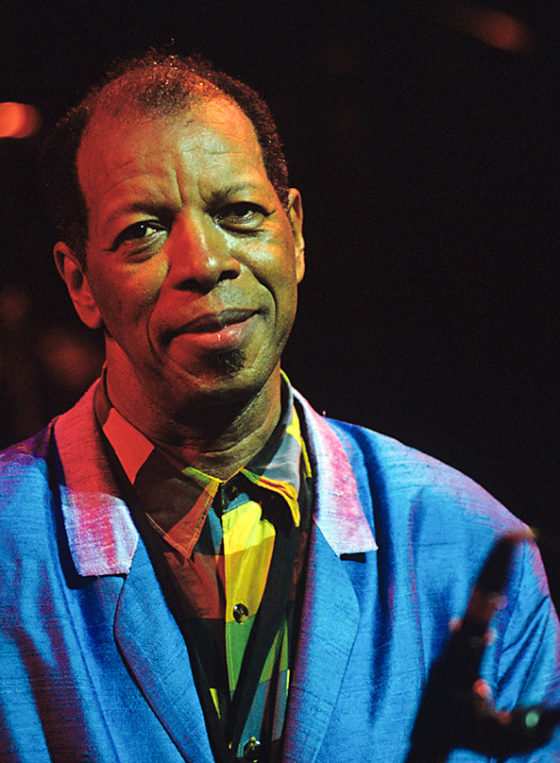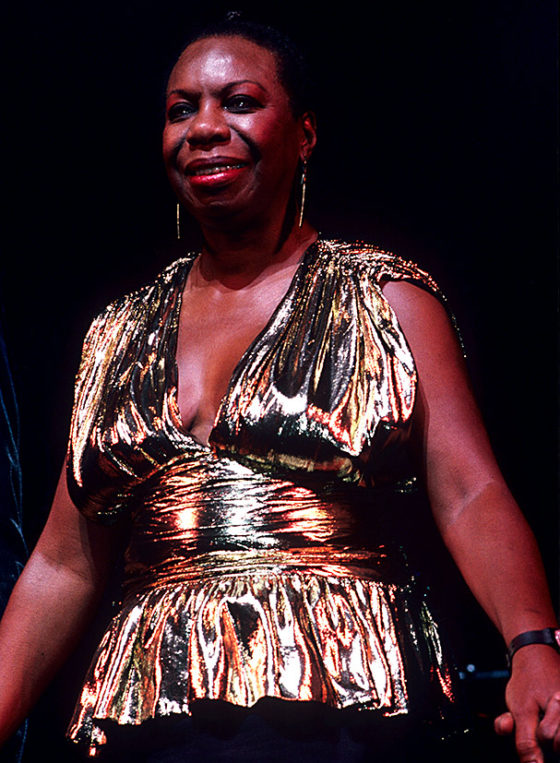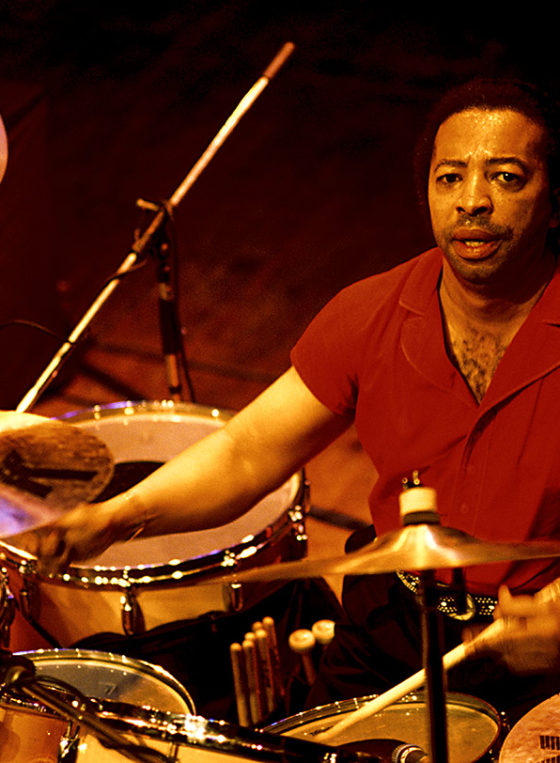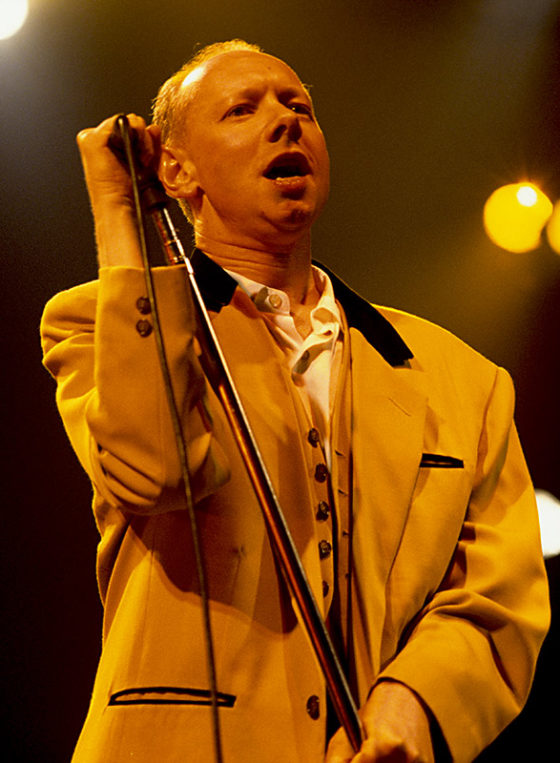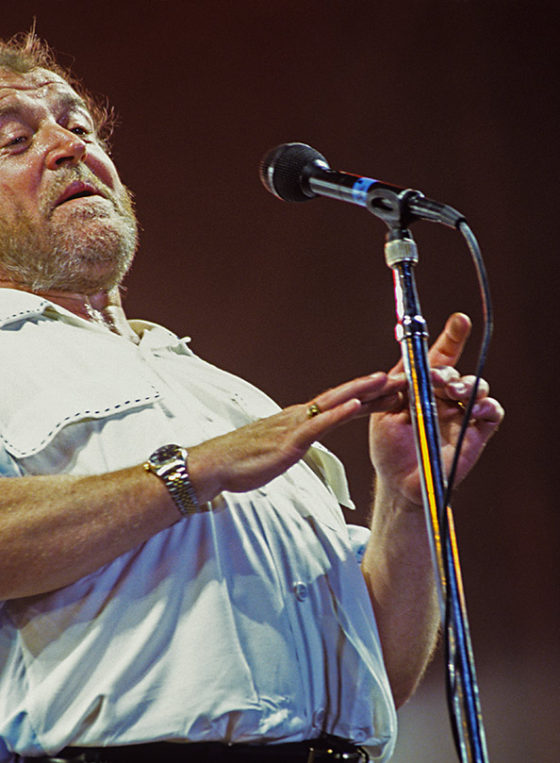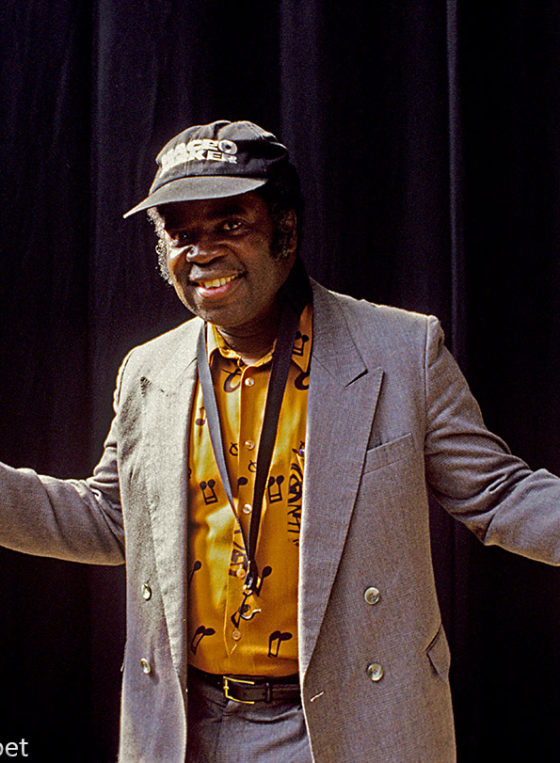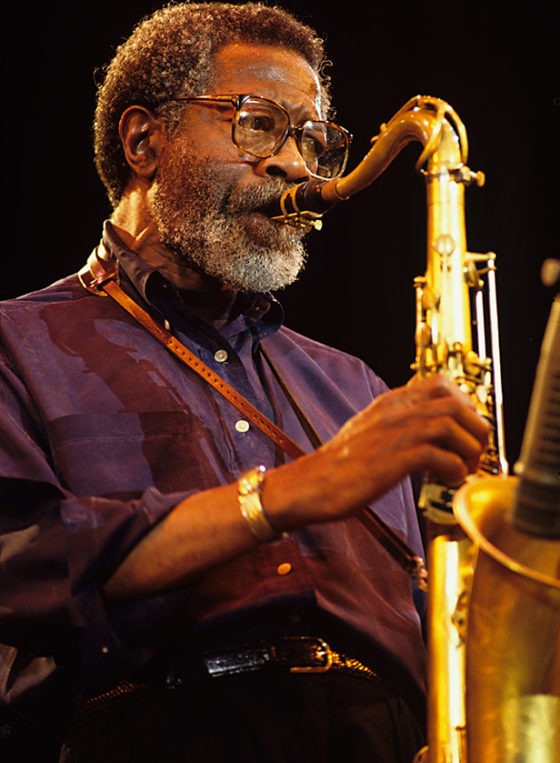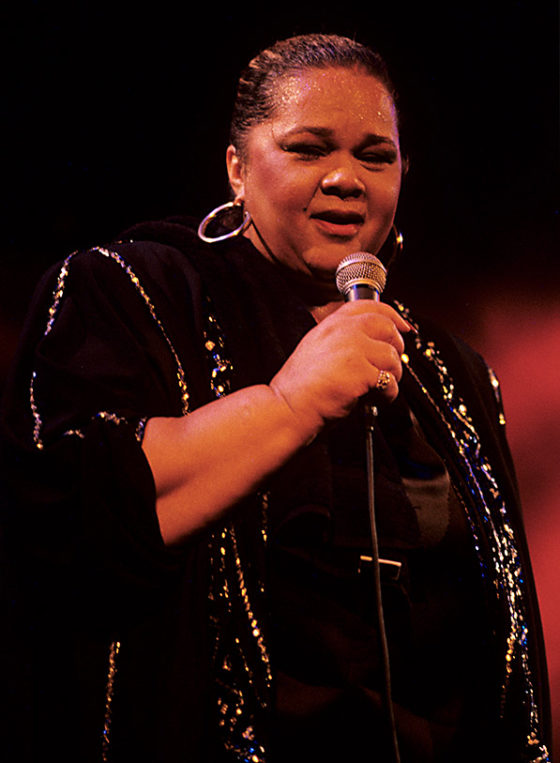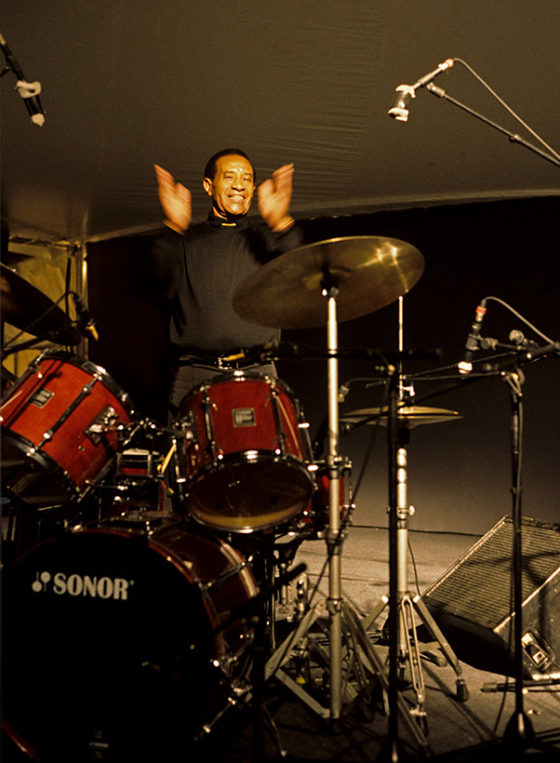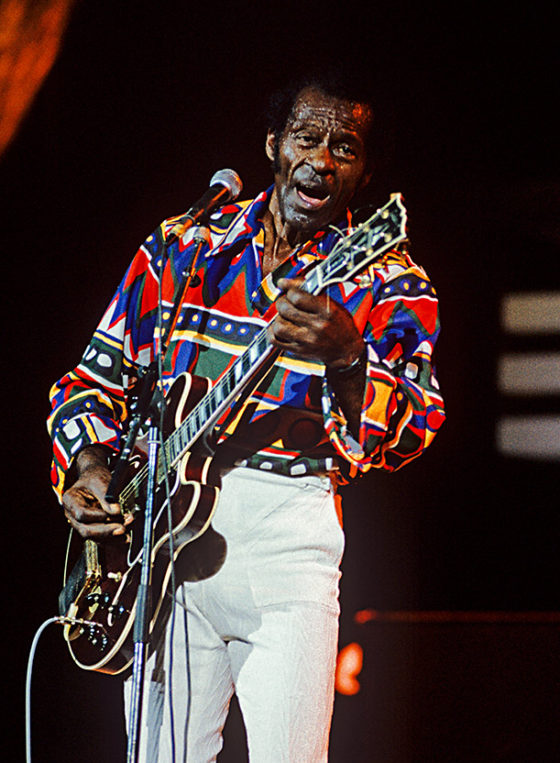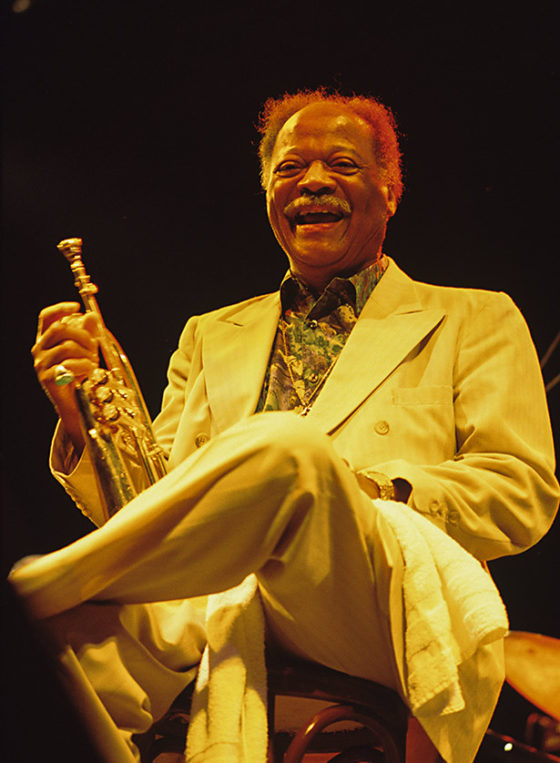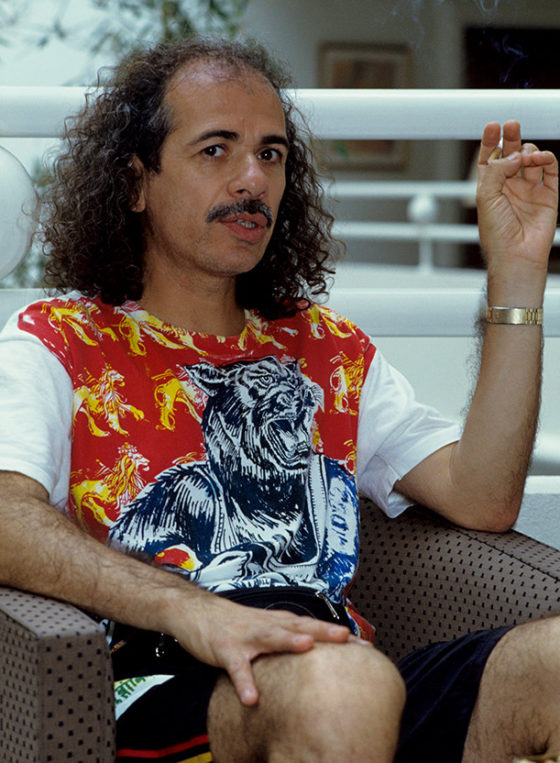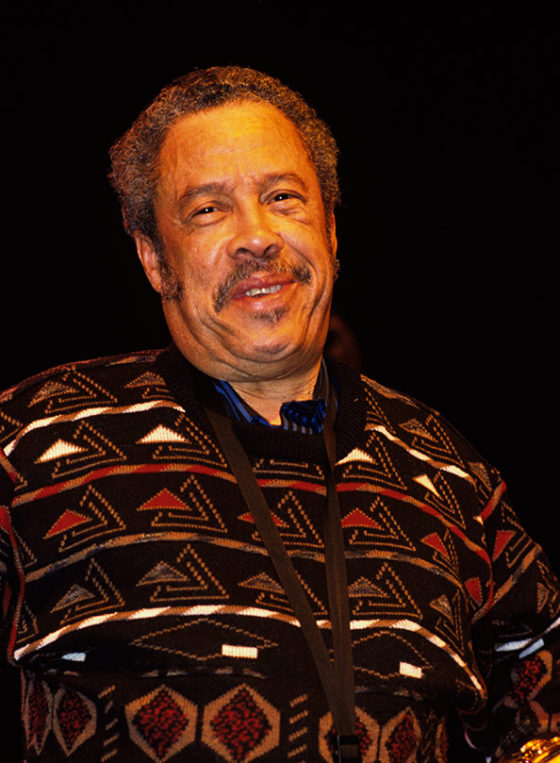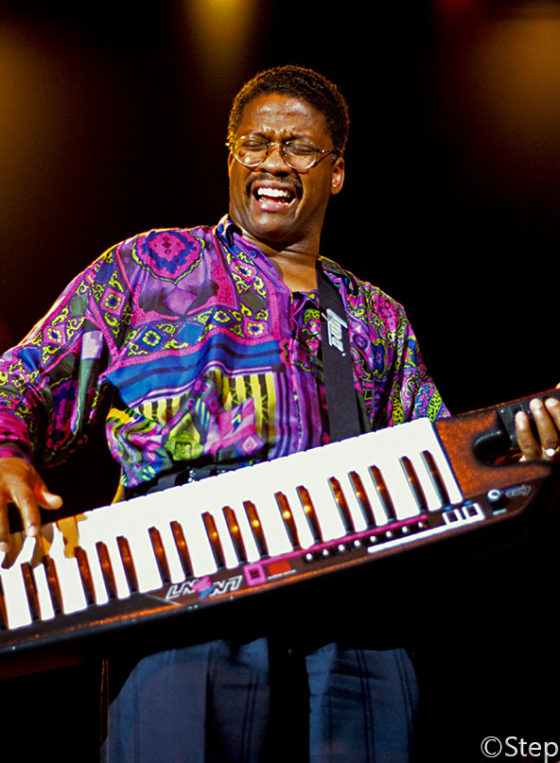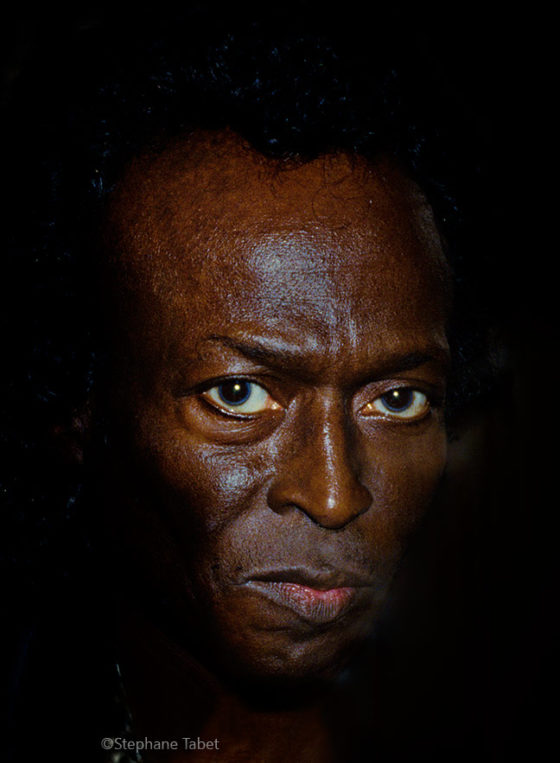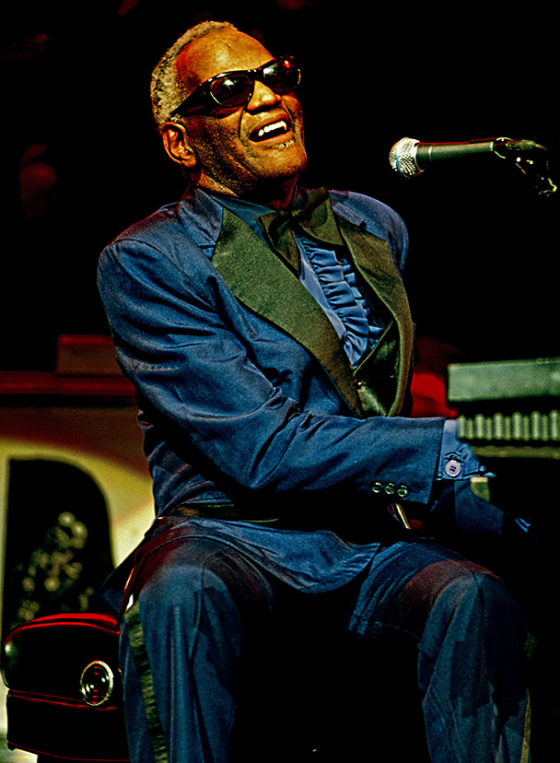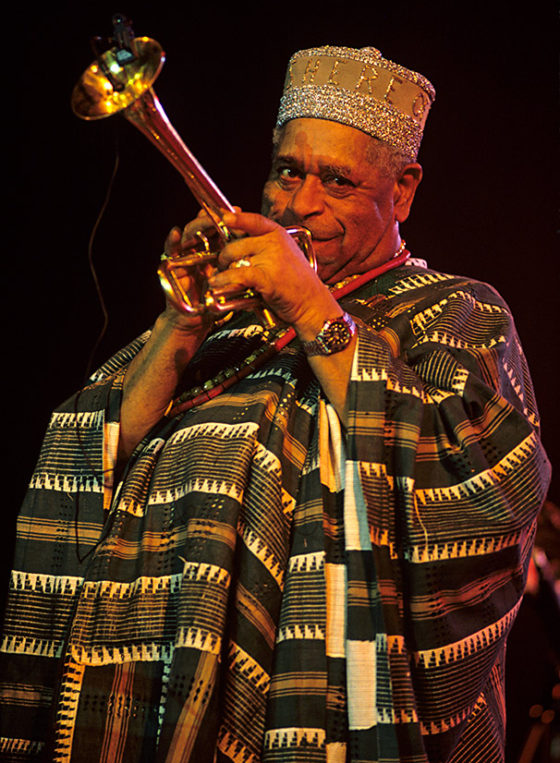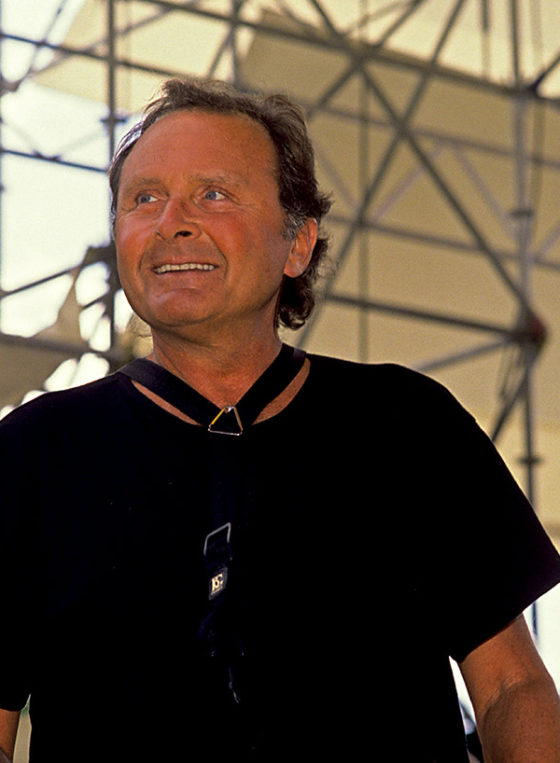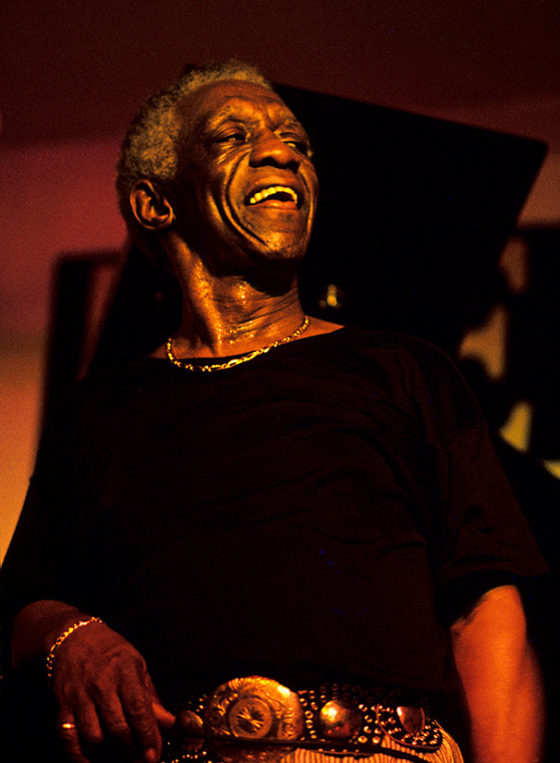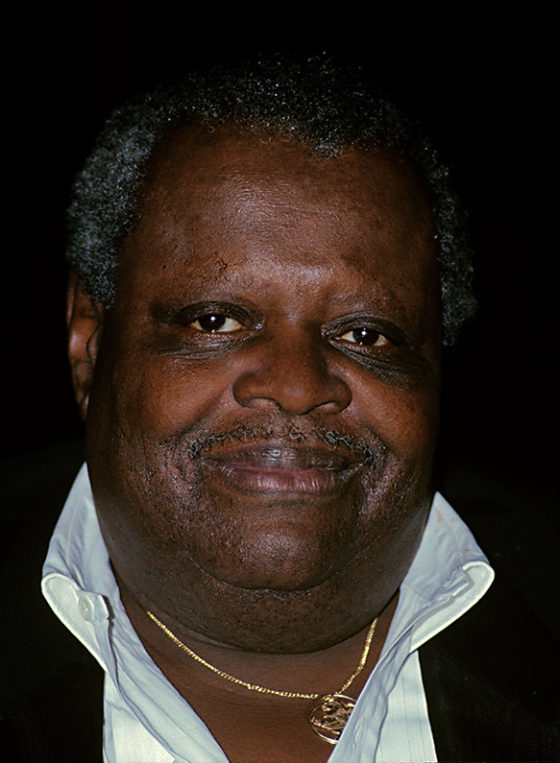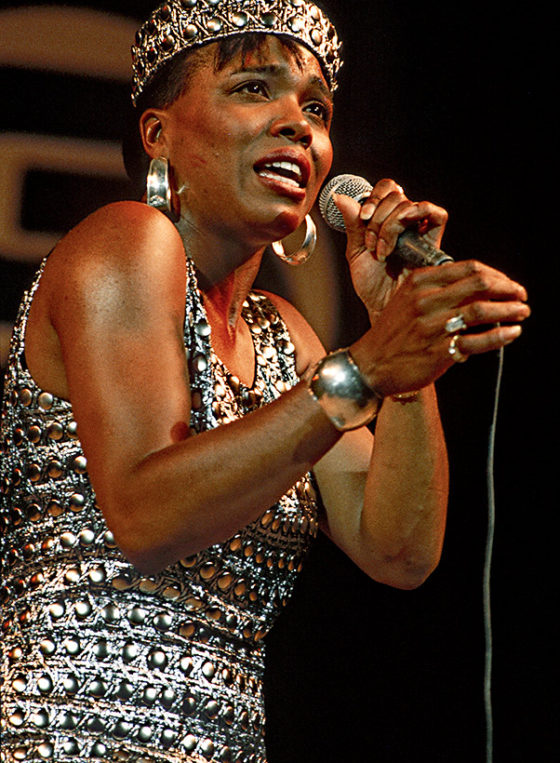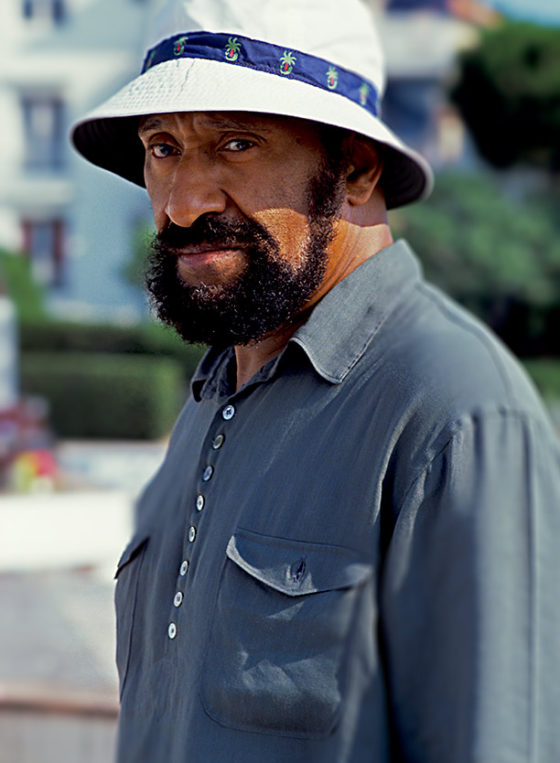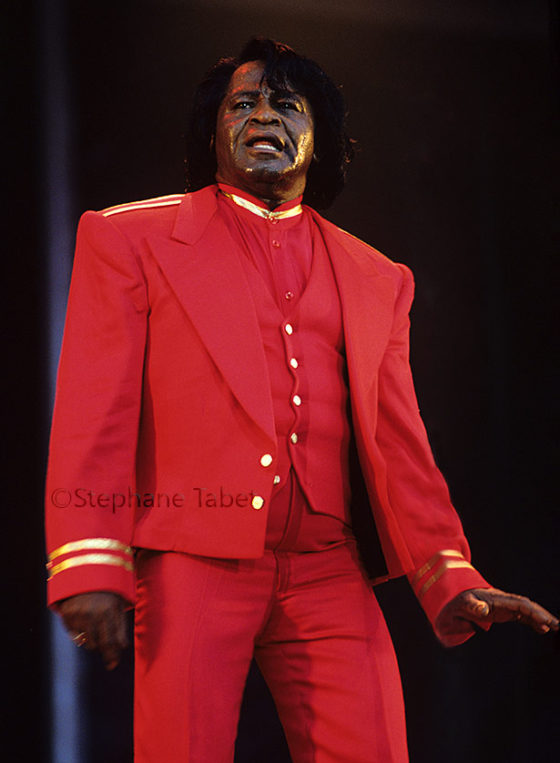Miles Davis Gallery
Miles Davis - Photos of a jazz legend
Miles Davis was an American jazz trumpeter, bandleader, and composer who is widely regarded as one of the most influential figures in the history of jazz and 20th-century music overall. Born on May 26, 1926, in Alton, Illinois, Miles Davis began playing the trumpet at a young age and quickly gained attention for his talent.
Throughout his career, Miles Davis was at the forefront of several major developments in jazz, including bebop, cool jazz, hard bop, modal jazz, and jazz fusion. He was known for his innovative approach to improvisation, his distinctive trumpet sound, and his willingness to experiment with different musical styles and techniques.
Some of his most famous albums include "Kind of Blue," which is often cited as one of the greatest jazz albums of all time, "Bitches Brew," which helped pioneer the jazz fusion genre, and "Milestones," which showcased his mastery of modal jazz.
Miles Davis's influence extends far beyond the world of jazz, and his music continues to inspire musicians of all genres to this day. He passed away on September 28, 1991, leaving behind a vast and enduring legacy.
Miles Davis's career spanned several decades and encompassed numerous significant developments in jazz music. Here's an overview of some key periods and milestones in his career:
- Early Years (1940s-1950s): Miles Davis began his professional career in the mid-1940s, playing in various bebop ensembles led by Charlie Parker, Dizzy Gillespie, and others. He recorded his first sessions as a bandleader in the late 1940s, featuring bebop-style compositions and improvisations.
- Cool Jazz (late 1940s-early 1950s): In the late 1940s and early 1950s, Miles Davis became associated with the cool jazz movement, characterized by a more relaxed and understated approach to jazz. His recordings from this period, such as "Birth of the Cool," showcased a softer, more melodic style.
- Hard Bop (mid-1950s): Miles Davis transitioned to a harder-edged, more aggressive style of jazz in the mid-1950s, often referred to as hard bop. Albums like "Miles Ahead" and "Milestones" from this period featured complex compositions and fiery improvisations.
- Modal Jazz (late 1950s-early 1960s): One of Miles Davis's most significant contributions to jazz was his exploration of modal jazz, characterized by a focus on modes rather than chord progressions. The landmark album "Kind of Blue" (1959) is considered one of the greatest jazz albums of all time and exemplifies this style.
- Post-Bop and Free Jazz (mid-late 1960s): During the mid to late 1960s, Miles Davis continued to push boundaries with his music, incorporating elements of free jazz and avant-garde experimentation. Albums like "Miles Smiles" and "Filles de Kilimanjaro" showcased his evolving sound during this period.
- Jazz Fusion (late 1960s-1970s): In the late 1960s and into the 1970s, Miles Davis embraced jazz fusion, blending elements of jazz with rock, funk, and electronic music. Albums like "In a Silent Way" and "Bitches Brew" are seminal works in this genre and expanded the possibilities of jazz improvisation and composition.
- Later Years (1980s-1990s): Miles Davis continued to perform and record prolifically in his later years, collaborating with younger musicians and incorporating elements of contemporary music styles. His final albums, such as "Tutu" and "Doo-Bop," reflected his ongoing willingness to innovate and explore new musical directions.
Throughout his career, Miles Davis was not only a virtuoso trumpeter but also a visionary bandleader and composer whose restless creativity continually pushed the boundaries of jazz music. His influence on the genre and on popular music as a whole is immeasurable, and his legacy continues to inspire musicians and audiences worldwide.


